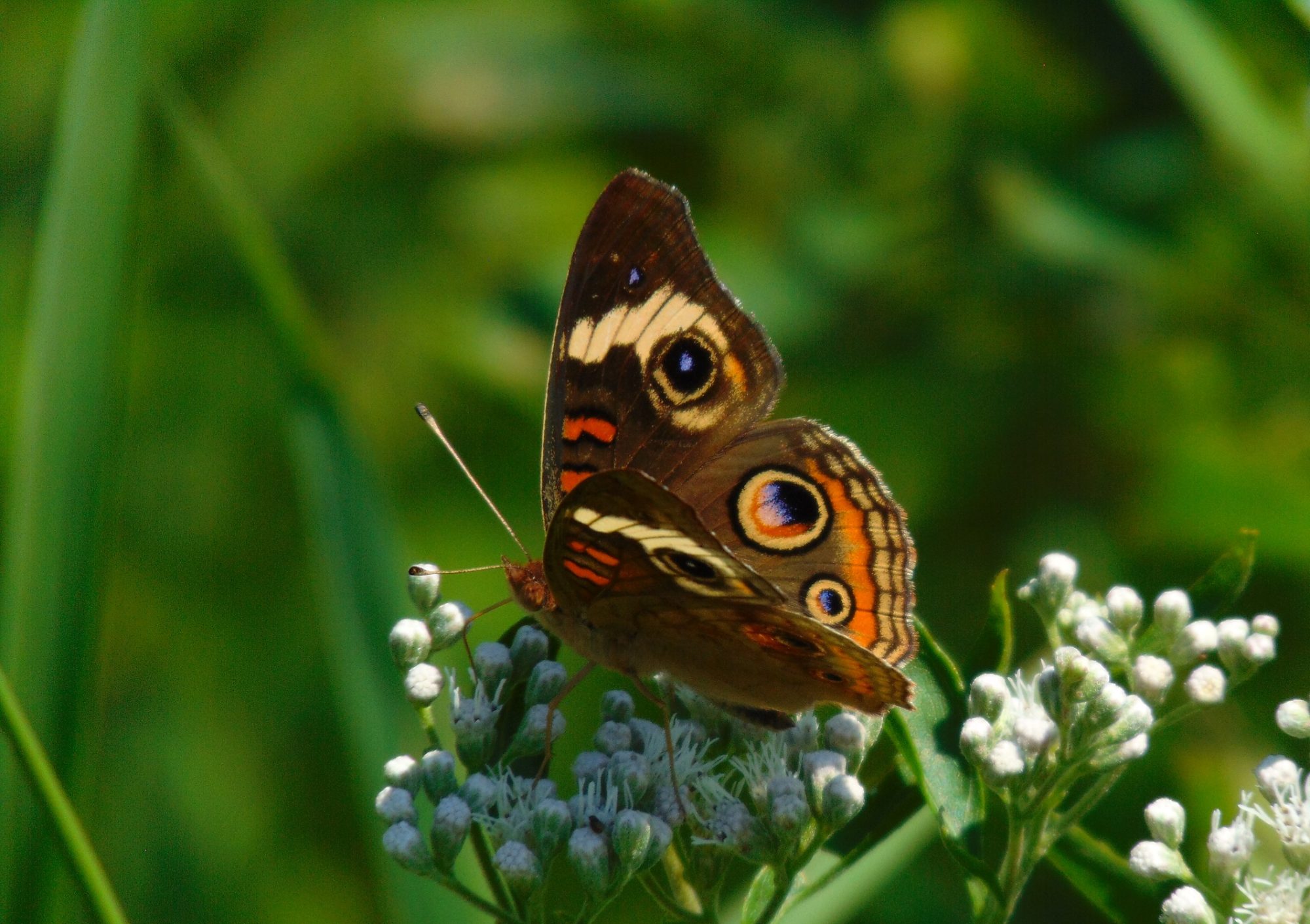BEASTS (MAMMALS)
of the Lower Susquehanna River Watershed
With (forthcoming) commentary on the species including notes from the historic writings of nineteenth-century geologist, naturalist, and philologist Professor Samuel Steman Haldeman, Linnaean Society of Lancaster City and County naturalist Dr. Simon S. Rathvon, and the Curator of the Franklin and Marshall College Museum, Dr. Herbert H. Beck.
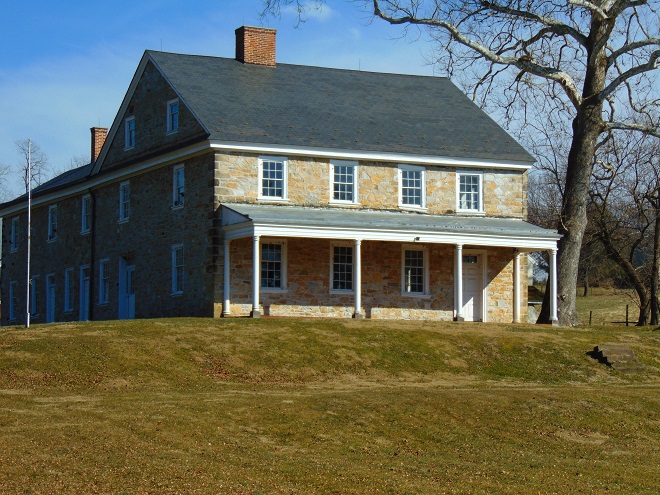
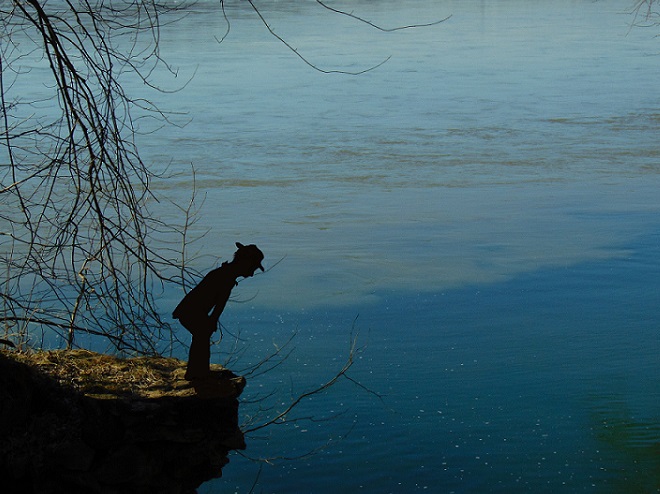
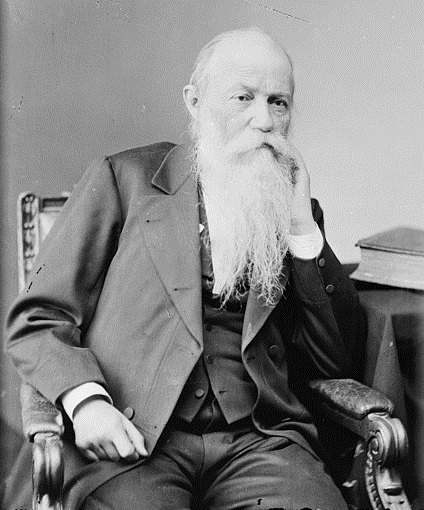
SPECIES STATUS KEY
extinct-a native species no longer existing or living.
extinct/prehistoric-a species that became extinct prior to the time of recorded history, but for which paleontological evidence suggests or proves its presence in the Lower Susquehanna River Watershed.
Evidence of Mammals from Three “Bone Caves”
Extinct/prehistoric species marked with a “K” (K) have been identified among the hundreds of plant and animal remains recovered from the Cambrian limestone (dolomite) Port Kennedy Bone Cave at the Valley Forge National Historical Park along the south rim of the Newark Basin, the Gettysburg Basin’s continuance in eastern Pennsylvania. The cave, or more accurately the fissure, is located near the Schuylkill River at the base of the same Triassic ridge complex that intersects the Susquehanna at Conewago Falls. It lies just 20 miles east of the Susquehanna valley.
The Port Kennedy Bone Cave was discovered by quarry workers in 1870 during operations to remove Ledger Formation dolostone (dolomite) at the site. Local scientists who initially investigated the find notified paleontology experts Charles Wheatley and Edward Drinker Cope. A thorough study of the contents of the cave was initiated.
Specimens became trapped in the sinkhole sometime around 500,000 years ago—the exact date is unknown. Its Middle Pleistocene deposits provide evidence of the species that not only inhabited the immediate vicinity of the cave at the time, but certainly those with a range that simultaneously extended into the Piedmont of the nearby Susquehanna watershed and beyond.
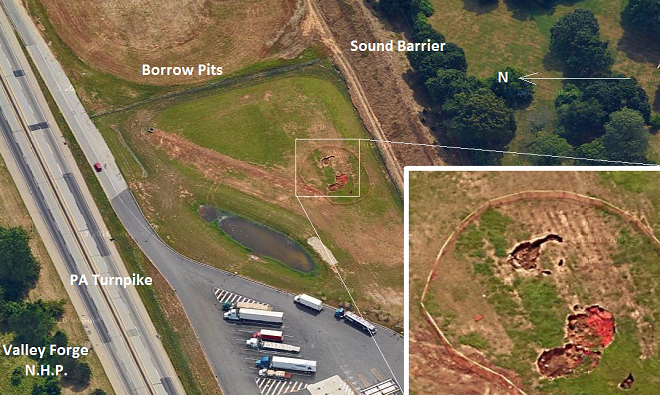
Living (extant) species marked with a “K” (K) are those mammals found in the Port Kennedy Bone Cave that have survived the Pleistocene ice maximums (probably by seeking refuge in warmer climes to the south) and ongoing Holocene (Anthropocene) extinction event to continue inhabiting the region.
The nomenclature of species found in the Port Kennedy Bone Cave and incorporated into this list is based upon the early work of Edward Drinker Cope (1871 and 1895), and the review of specimens and updating of taxa conducted by Daeschler, Spamer, and Parris (1993), and the Paleobiology Database.
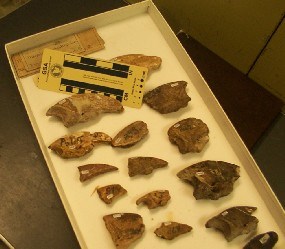
Mammal species marked with an “H” (H) have been identified among the remains recovered from the more recently examined Hanover Quarry #1 Fissure bone deposit in Adams County, Pennsylvania. This site, discovered and studied during the early 1980s, is within the lower Susquehanna watershed in a headwaters area of the South Branch of the Conewago Creek. Like the Port Kennedy Bone Cave, the Hanover fissure occurs in Cambrian Ledger Formation dolostone (dolomite) along the edge of the Triassic rift basin. The animals are believed to have become trapped there at about the same period of time as those at Port Kennedy—about 500,000 years ago, during the Middle Pleistocene Epoch of the Quaternary Period.
Until his untimely death in 1982, examination of the fauna found in the Hanover Quarry #1 Fissure was being led by John E. Guilday, research curator at the Carnegie Museum of Natural History and an expert on cave deposits. Microtus guildayi, a vole identified among the remains from both the Hanover and Port Kennedy sites, is named in his honor.
The list of species found in the Hanover Quarry #1 Fissure and incorporated into this list of living and extinct mammals is from the Paleobiology Database.
A third bone deposit is located near the lower Susquehanna watershed in the Potomac River drainage basin. The Cumberland Bone Cave in Allegany County, Maryland, lies less than 20 miles south of the westernmost headwaters of the Juniata River, the largest of the lower Susquehanna’s tributaries. Mammal species marked with a “C” (C) have been identified among the remains recovered from this Middle Pleistocene sinkhole in Devonian limestone.
Raymond Armbruster was a local naturalist who, in 1912, alerted the scientific community to the discovery of prehistoric bones at the Cumberland cave site. These deposits have been thoroughly studied and many type specimens for new species have been collected there. Paleontologist James W. Gidley of the Smithsonian National Museum of Natural History, the foremost investigator of the site from 1912 to 1916, named an extinct wolf discovered among the remains in the cave as Canis armbrusteri— a tribute to Raymond Armbruster.
The list of species found in the Cumberland Bone Cave and incorporated into this list of living and extinct mammals is from the Paleobiology Database.
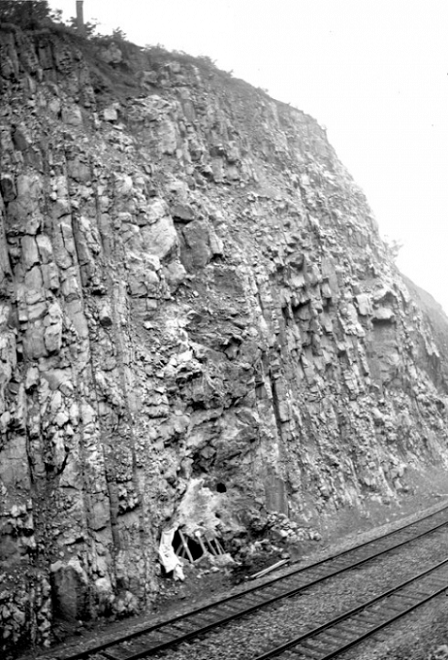
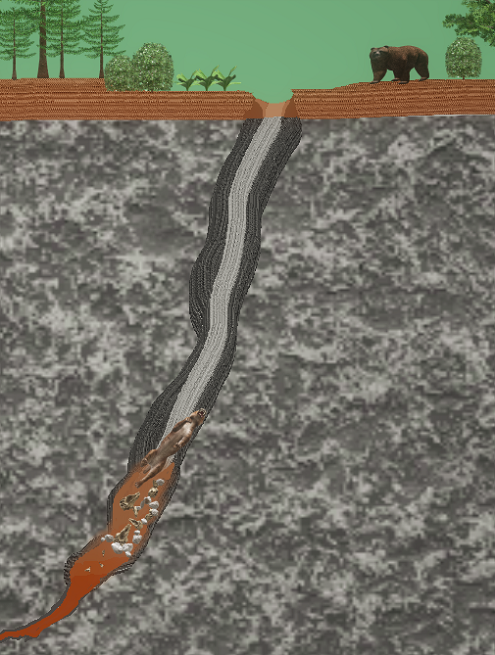
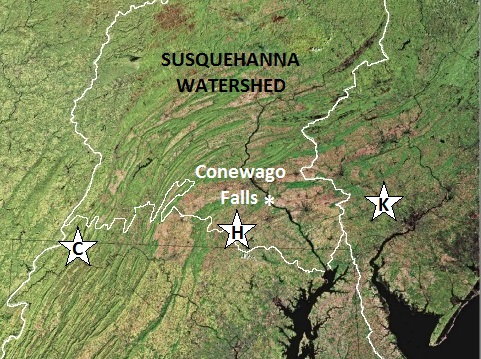
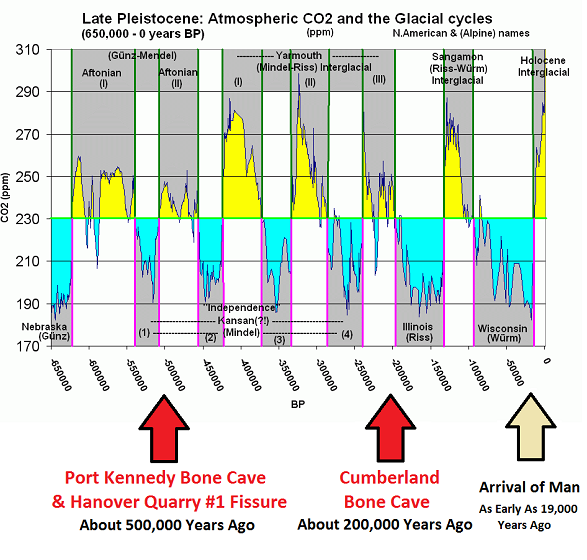
extirpated-a native species no longer occurring in the wild in the Lower Susquehanna River Watershed. “Extirpated” taxa may include living (extant) species not currently found among the valley’s mammals but known from the Middle Pleistocene deposits in the Hanover Quarry #1 Fissure (H).
extirpated/hypothetical-a native species not presently occurring in the Lower Susquehanna River Watershed but suspected of being among its fauna during the series of successions in plant communities—tundra to taiga to temperate forest—that followed the retreat into Canada of the southern ice border at the end of Wisconsin Glaciation, beginning about 22,000 years ago during the Late Pleistocene Epoch and extending into the current interglacial Holocene Epoch (11,650 years ago to present). These species are presumed to have existed in the lower Susquehanna valley either during the ice maximum, or while slowly transitioning their range as the climate warmed. Many were impacted by the arrival of Homo sapiens in the region during this time. In addition, “extirpated/hypothetical” taxa may include living (extant) species not currently found among the region’s mammals but known from the Middle Pleistocene bone cave deposits found near the lower Susquehanna valley—the Cumberland Bone Cave in Allegany County, Maryland (C) and the Port Kennedy Bone Cave in Valley Forge, Pennsylvania (K).
extirpated/introduced-a native species which, after elimination of the regional population, has been reestablished using released animals from an extant population.
exotic-a free-ranging escaped or released non-native species or variety; most are unwanted pets, domesticated farm animals, or zoo specimens.
feral-exotic animals that begin reproducing in the wild but retain dependence upon humans for survival of their population.
introduced-a non-native species that, following its release into the wild, has established a self-sustaining breeding population—often at the expense of one or more native species.
Federally Endangered-a native species listed by the United States government as imminently in danger of extinction.
PA Endangered-a native species listed by the Commonwealth of Pennsylvania as imminently in danger of extinction or of extirpation as a breeding species in the state.
MD Endangered-a native species listed by the State of Maryland as imminently in danger of extinction or of extirpation as a breeding species in the state.
Federally Threatened-a native species listed by the United States government as under threat to become an endangered species in the foreseeable future.
PA Threatened-a native species listed by the Commonwealth of Pennsylvania as under threat to become an endangered species in the state in the foreseeable future.
MD Threatened-a native species listed by the State of Maryland as under threat to become an endangered species in the state in the foreseeable future.
PA Candidate-an uncommon native species that could, in the future, become listed by the Commonwealth of Pennsylvania as endangered or threatened in the state.
A LIST OF THE BEASTS (MAMMALS)
of the Lower Susquehanna River Watershed
Classified using traditional taxonomic ranks and selected cladistic groups.
Domain-Eukaryota
Kingdom-Animalia
Phylum-Chordata
Subphylum-Vertebrata
Superclass-Osteichthyes/Clade-Euteleostomi:
The “bony vertebrates” including the Actinopterygians, the ray-finned fishes, and the Sarcopterygians, the lobe-finned fishes and tetrapods.
Clade-Sarcopterygii:
The lobe-finned fishes and tetrapods. All members of the clade Sarcopterygii presently occurring in the Susquehanna watershed (amphibians, reptiles, birds, and mammals including humans) are tetrapod descendants of extinct lobe-finned fishes.
Superclass-Tetrapoda:
The animals descended from fishes beginning in the Late Devonian epoch (about 370 million years ago), most having four limbs—the amphibians, the reptiles (including snakes, pterosaurs, dinosaurs, and birds), and the mammals.
Clade-Reptiliomorpha:
The group of living and extinct tetrapods having more similarity to the amniotes (reptiles, pterosaurs, dinosaurs, birds, and mammals) than to modern amphibians (Lissamphibia).
Clade-Amniota:
The group of tetrapods, living and extinct, that deposit their eggs on land (not in water) or retain them within the body—the reptiles (including pterosaurs, dinosaurs, and birds) and the mammals.
Clade-Synapsida
The group of living and extinct amniotes more closely related to mammals than to reptiles, birds, and other amniotes. All synapsids possess, behind each eye, a single temporal fenestra—an opening in the roof of the skull.

Clade-Mammaliaformes
The most recent common ancestor of Morganucodonta and the crown group of mammals, and its living and extinct descendants.
Class-Mammalia
The crown group of mammals—the only living synapsids.
Order-Didelphimorphia
Family-Didelphidae
Didelphis virginiana (Virginia Opossum)
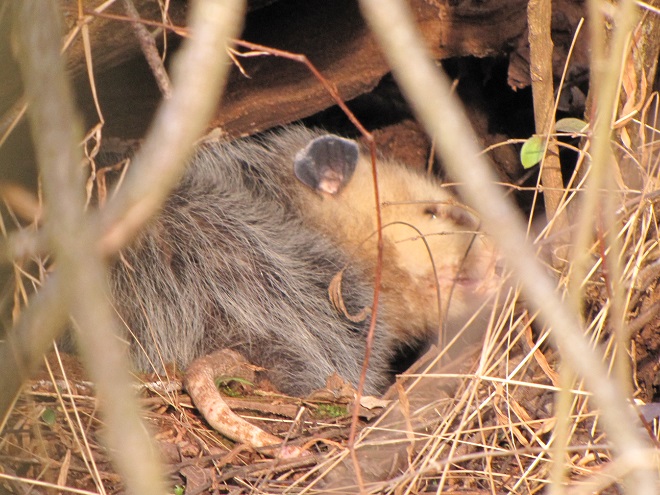
Order-Proboscidea
Family-Mammutidae
Mammut americanum (Mastodon)–extinct/prehistoric-K,H,C
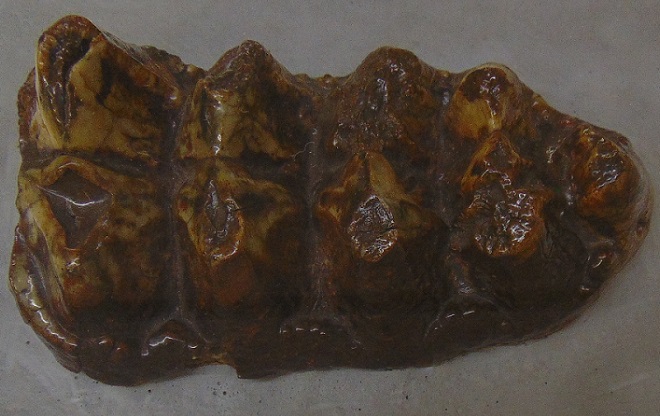
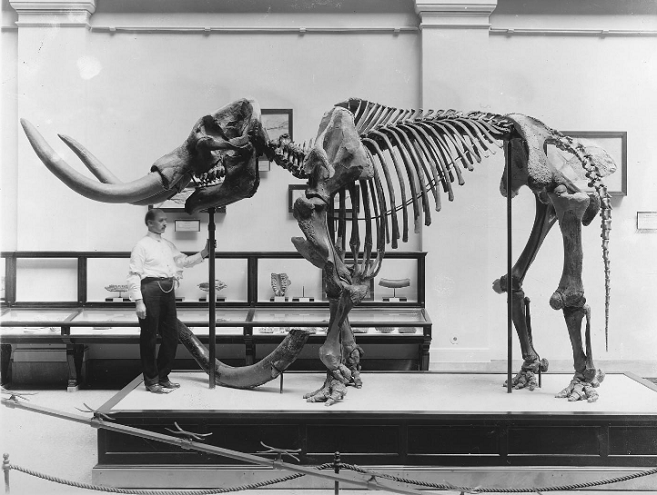
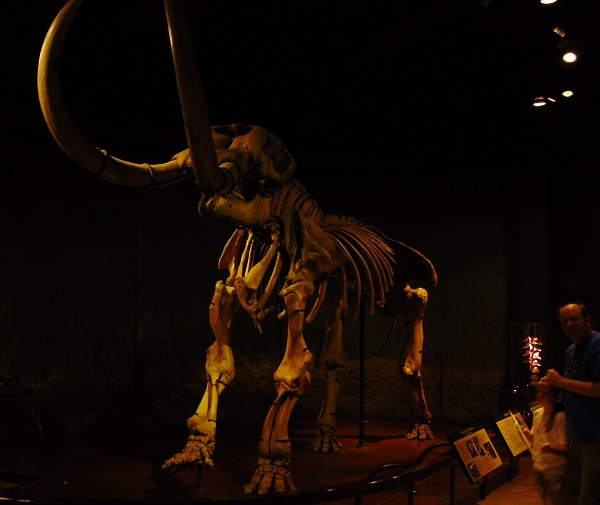
Family-Elephantidae
Mammuthus primigenius (Woolly Mammoth)–extinct/prehistoric
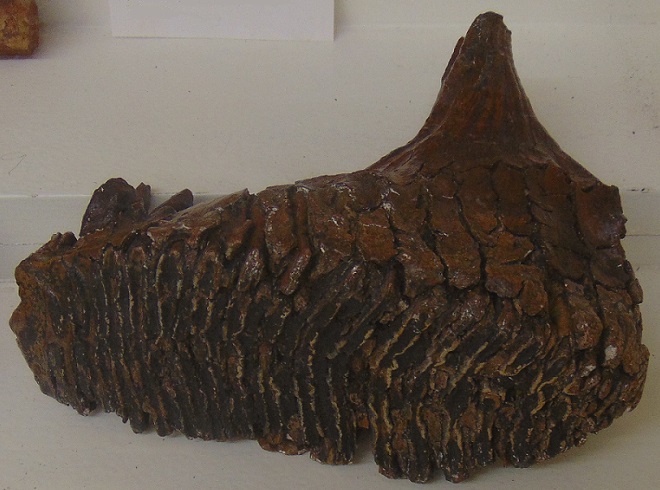
Order-Pilosa
Family-Megalonychidae
Megalonyx species (a giant ground sloth)-extinct/prehistoric-C
Megalonyx dissimilis (a giant ground sloth)?-extinct/prehistoric-K
Megalonyx loxodon (a giant ground sloth)?–extinct/prehistoric-K
Megalonyx sphenodon (a giant ground sloth)?-extinct/prehistoric-K
Megalonyx tortulus (a giant ground sloth)?-extinct/prehistoric-K
Megalonyx wheatleyi (Wheatley’s Ground Sloth)-extinct/prehistoric-K
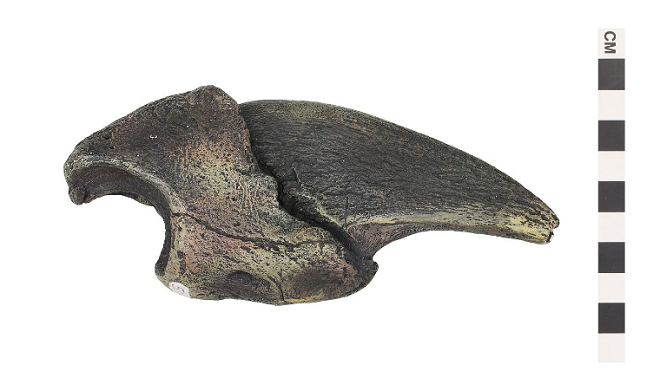
Family-Mylodontidae
Paramylodon harlani (Harlan’s Ground Sloth)-extinct/prehistoric-K
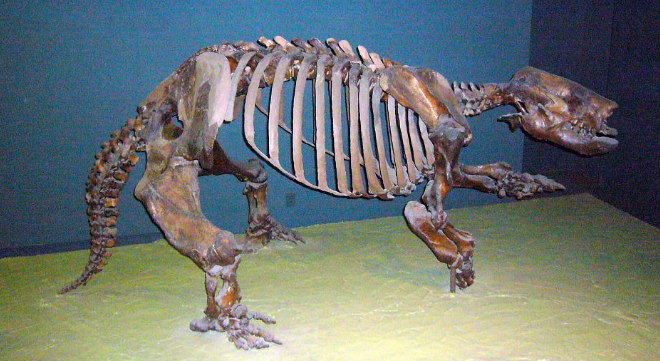
Order-Primates
Family-Hominidae
Homo (Pan) sapiens (“Wise Man”)
Order-Lagomorpha
Family-Ochotonidae
Praotherium (Ochotona) palatina (a pika)-extinct/prehistoric-K
Ochotona princeps (American Pika)-hypothetical/extirpated-C
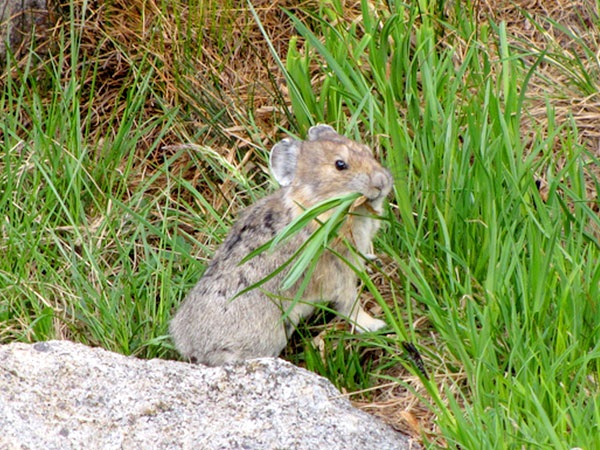
Family-Leporidae
Lepus americana (Snowshoe Hare)-extirpated-C
Sylvilagus species (a cottontail)-H
Sylvilagus floridanus (Eastern Cottontail)-K
Sylvilagus obscurus (Appalachian Cottontail)
Oryctolagus cuniculus (European Rabbit)-exotic
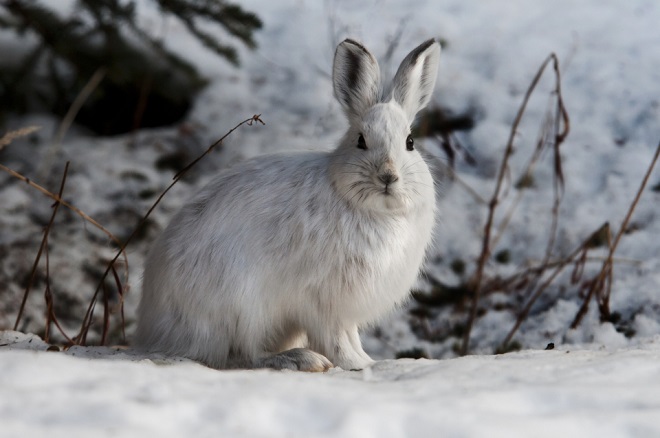
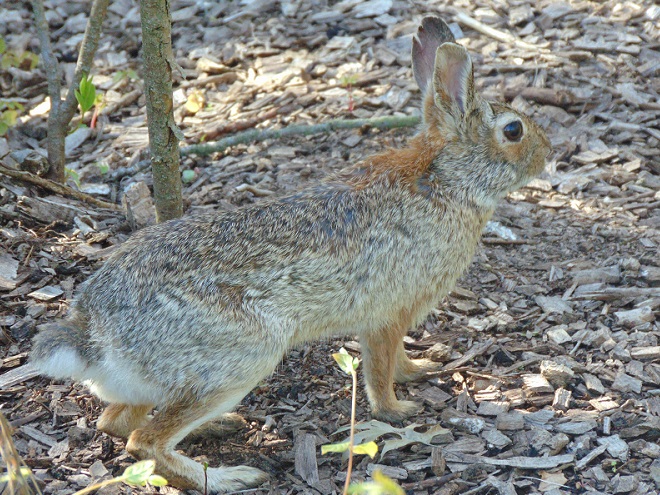
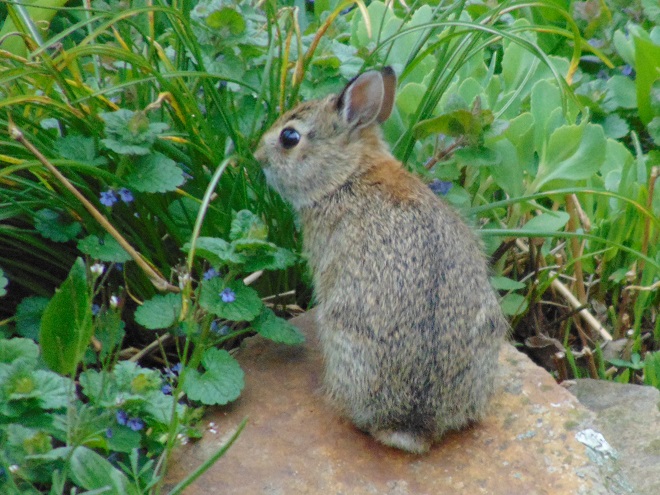
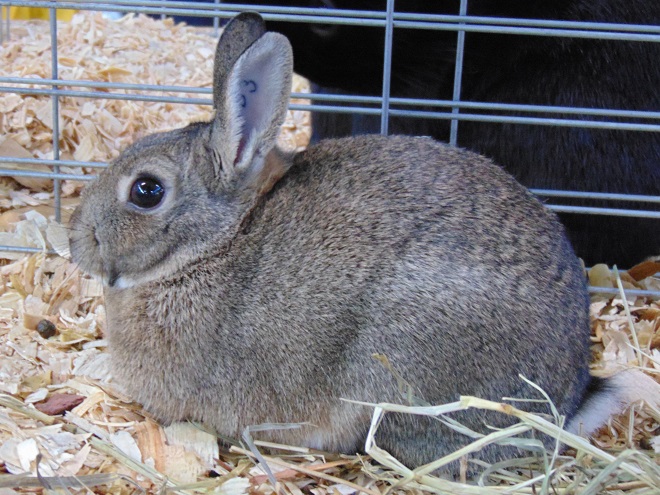
Order-Rodentia
Family-Castoridae
Castor canadensis (North American Beaver)-extirpated/introduced-K,C
Dipoides species (a round-toothed beaver)-extinct/prehistoric-C
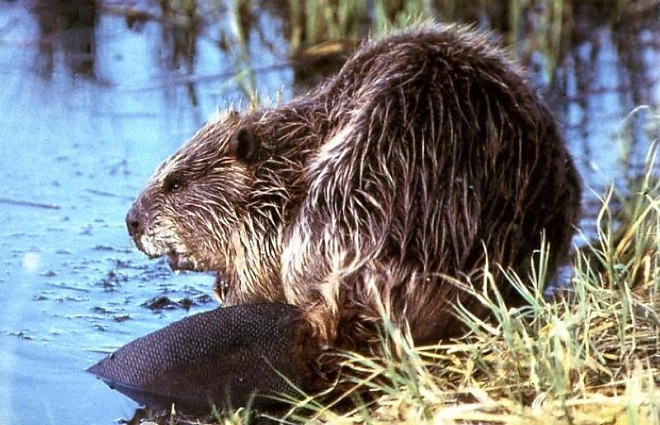
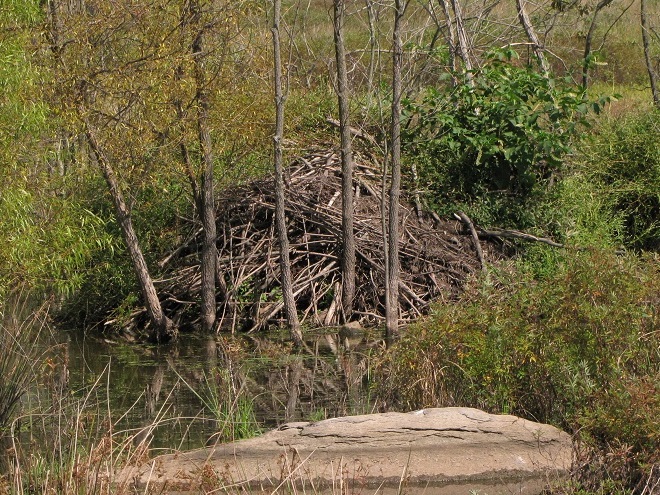
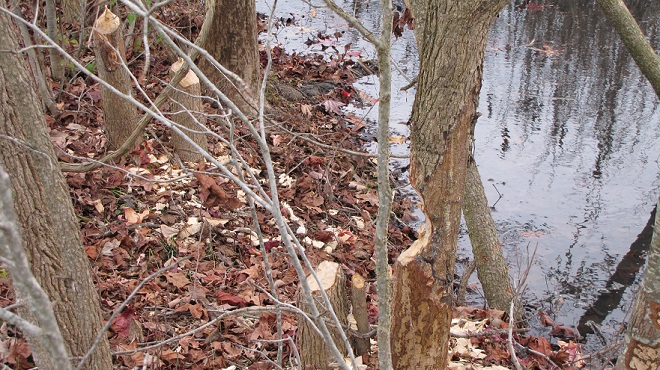
Family-Geomyidae
Thomomys potomacensis (a smooth-toothed pocket gopher)-extinct/prehistoric-H,C
Family-Echimyidae
Myocastor coypus (Coypu)-introduced
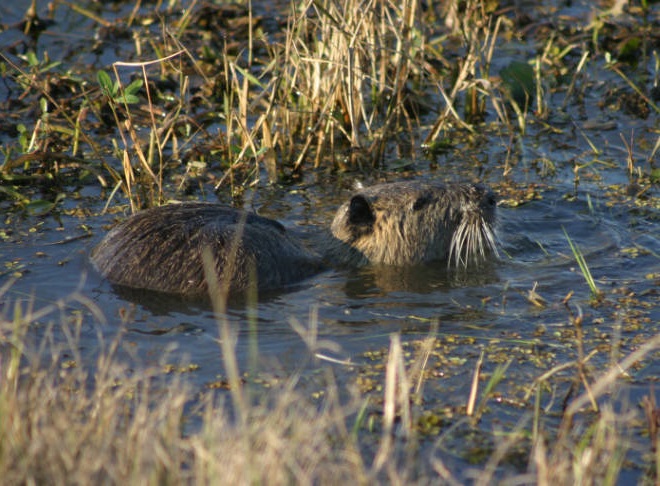
Family-Myocastoridae
Erethyzon dorsatum (North American Porcupine)-K,H,C
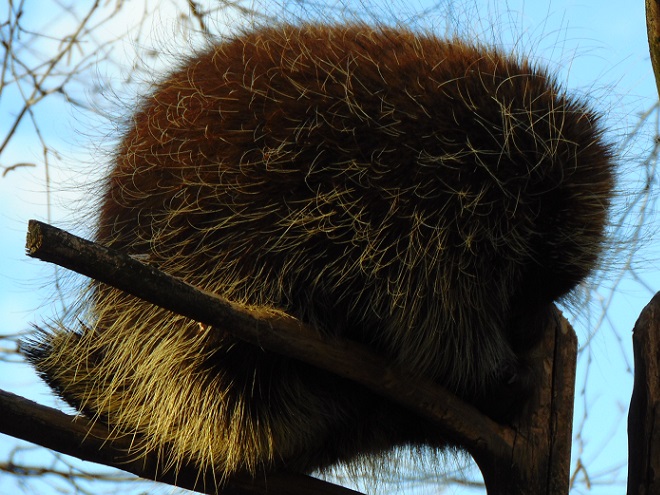
Family-Dipodidae
Napaeozapus insignis (Woodland Jumping Mouse)-H,C
Zapus (Jaculus) hudsonius (Meadow Jumping Mouse)-K,H
Family-Cricetidae
Subfamily-Arvicolinae
Atopomys texensis (a primitive arvicoline)-extinct/prehistoric-C
Lasiopodomys species (a vole)?-H
Lasiopodomys deceitensis (a vole)-extinct/prehistoric-C
Microtus species (a vole)-C
Microtus chrotorrhinus (Rock Vole)-hypothetical/extirpated-C
Microtus guildayi (“Guilday’s Vole”)-extinct/prehistoric-K,H,C
Microtus pennsylvanicus (Meadow Vole)
Microtus pinetorum (Woodland Vole)
Phenacomys species (a heather vole)-hypothetical/extirpated-C
Pitymys cumberlandensis (a vole)-extinct/prehistoric-H,C
Neofiber species (a water rat)-extinct/prehistoric-C
Neofiber diluvianus (Diluvian Water Rat)-extinct/prehistoric-K
Synaptomys borealis (Northern Bog Lemming)-hypothetical/extirpated-C
Synaptomys cooperi (Southern Bog Lemming)-H,C
Myodes gapperi (Southern Red-backed Vole)-C
Ondatra annectens (a muskrat)-extinct/prehistoric-C
Ondatra idahoensis (a muskrat)-extinct/prehistoric-K,H
Ondatra zibethicus (Muskrat)
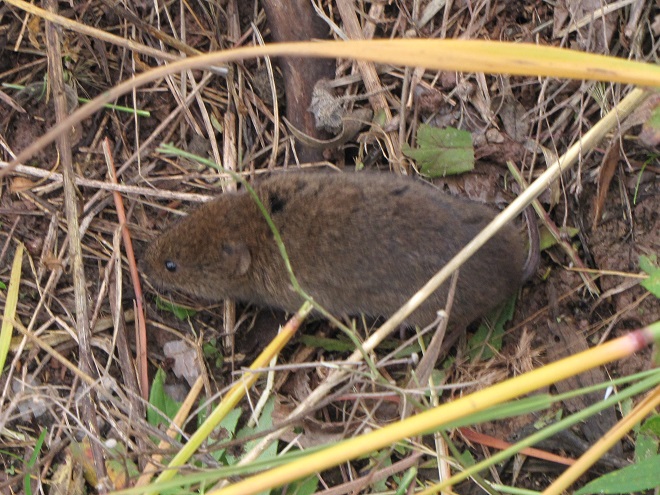
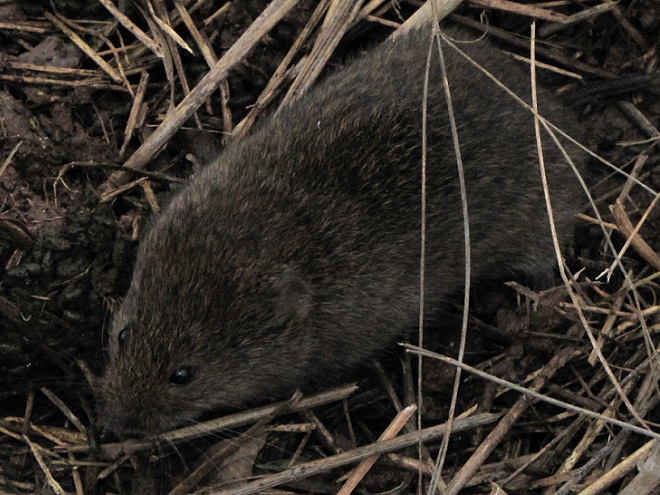
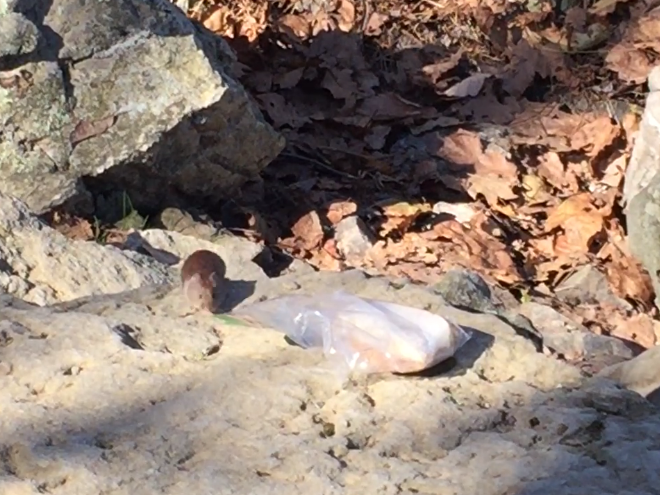
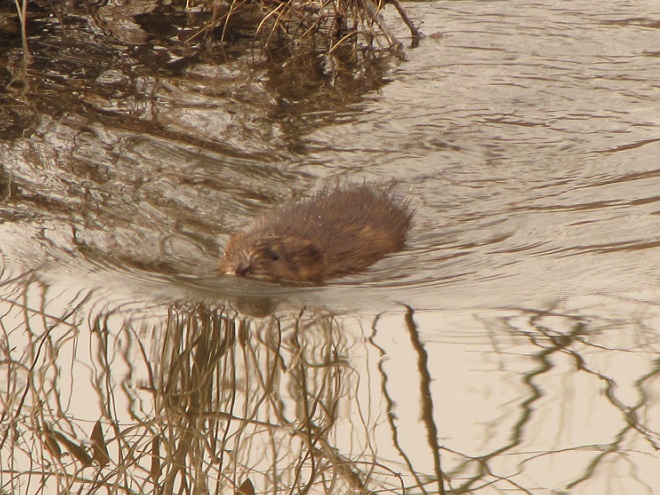
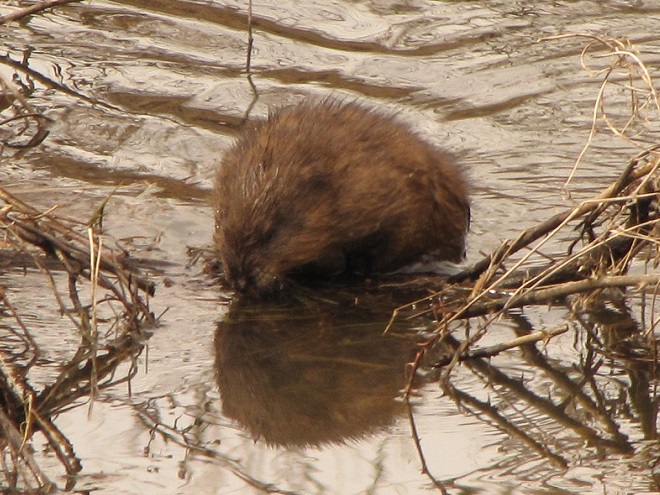
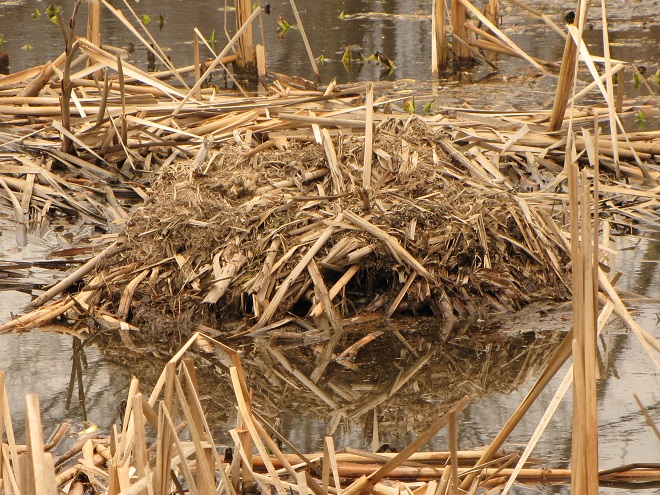
Subfamily-Neotominae
Neotoma magister (Allegheny Woodrat)-PA Threatened-C
Neotoma spelaea (a pack rat)-extinct/prehistoric-C
Peromyscus species (a mouse)-H
Peromyscus cumberlandensis (a deer mouse)-extinct/prehistoric-C
Peromyscus maniculatus (Deer Mouse)
Peromyscus leucopus (White-footed Mouse)-K,C
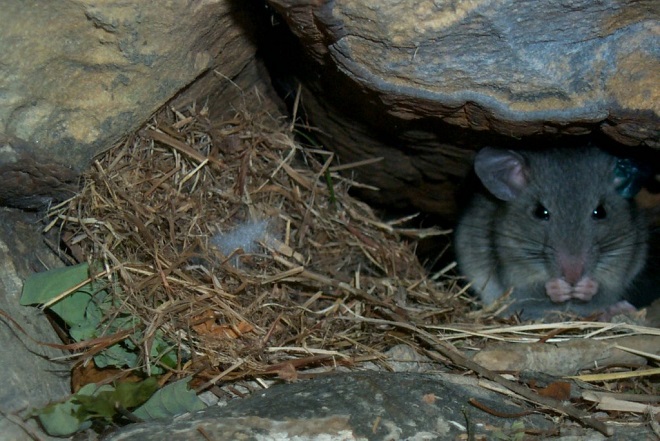
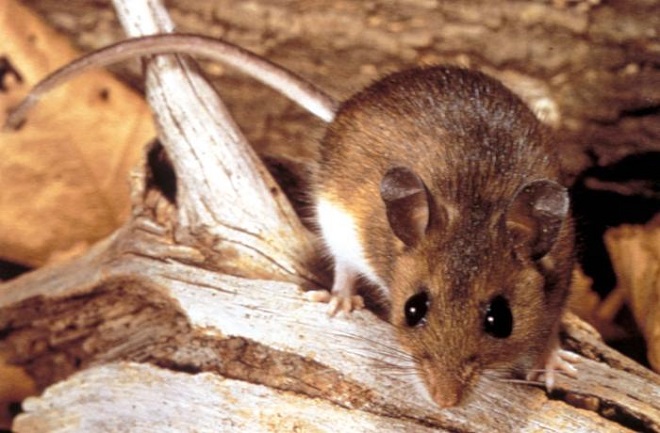
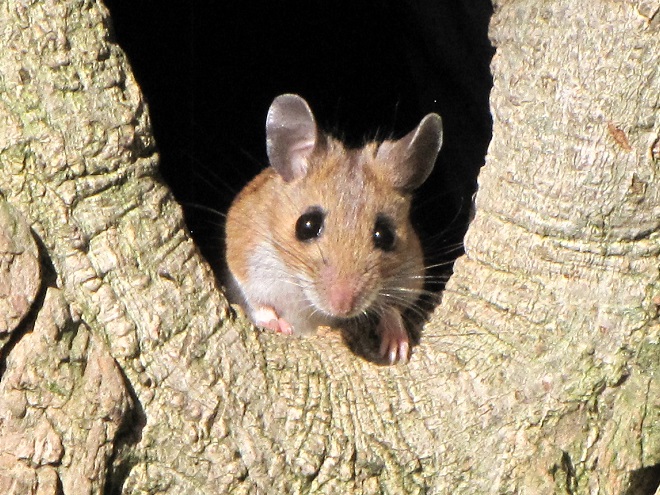
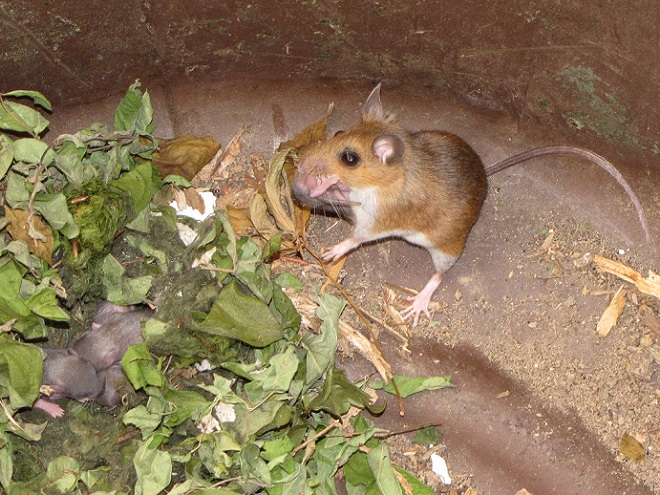
Subfamily-Sigmodontinae
Calomys (Hesperomys) species (a vesper mouse)?-extinct/prehistoric-K
Family-Muridae
Mus musculus (House Mouse)-introduced
Rattus norvegicus (Norway Rat)–introduced
Rattus rattus (Black Rat)-introduced
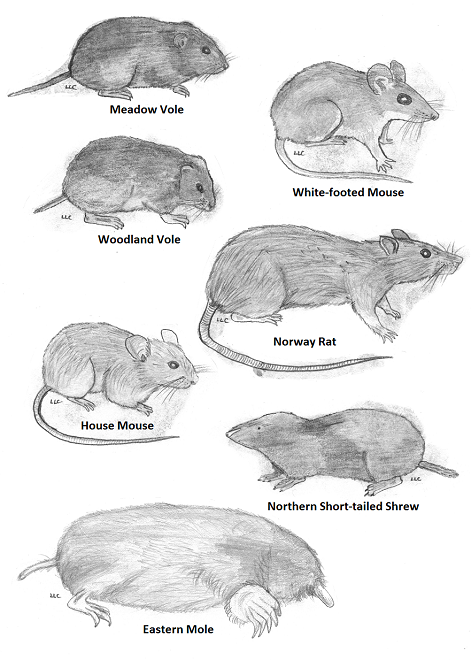
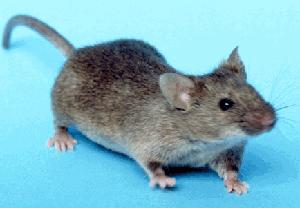
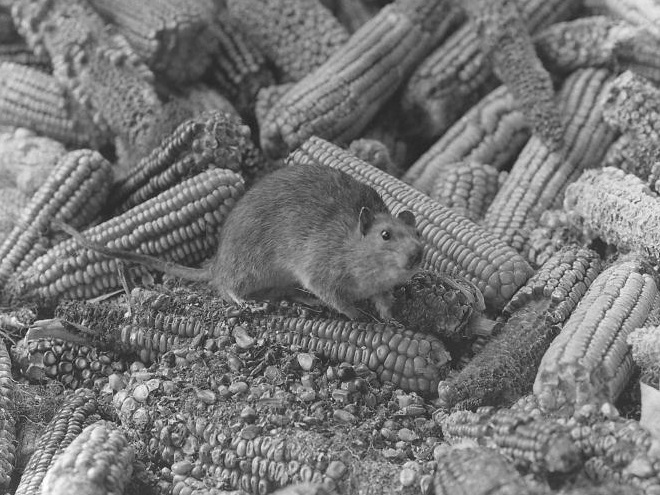
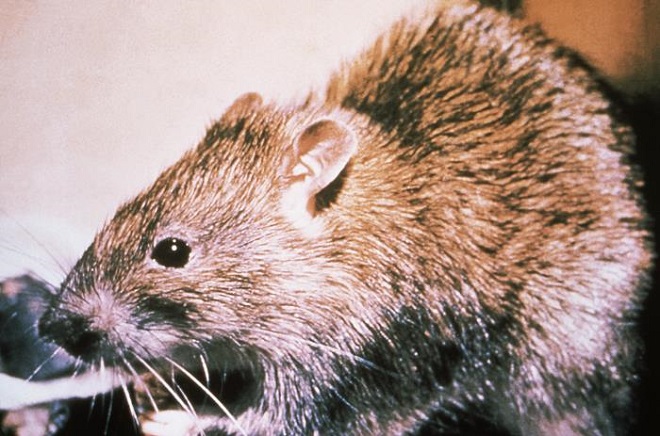
Family-Sciuridae
Subfamily-Sciurinae
Sciurus calycinus (a tree squirrel)-extinct/prehistoric-K
Sciurus carolinensis (Eastern Gray Squirrel)
Sciurus niger (Fox Squirrel)
Sciurus niger cinereus (Delmarva Fox Squirrel)-extirpated
Sciurus niger vulpinus (Eastern Fox Squirrel)
Tamiasciurus hudsonicus (Red Squirrel)-C
Glaucomys species (a flying squirrel)-C
Glaucomys volans (Southern Flying Squirrel)-C
Petauristodon species (a flying squirrel)-extinct/prehistoric–C
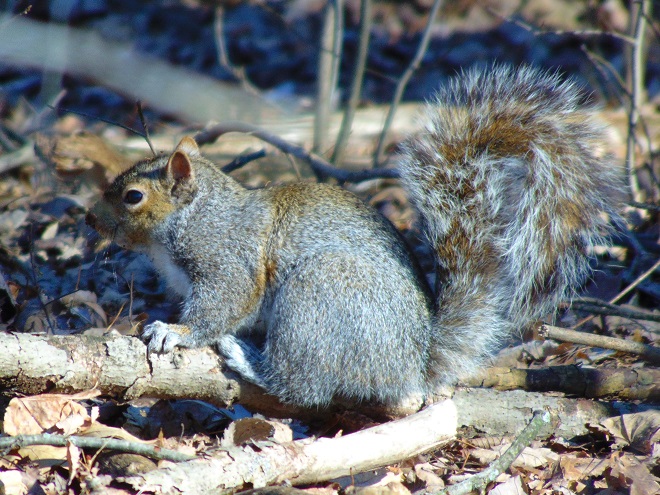
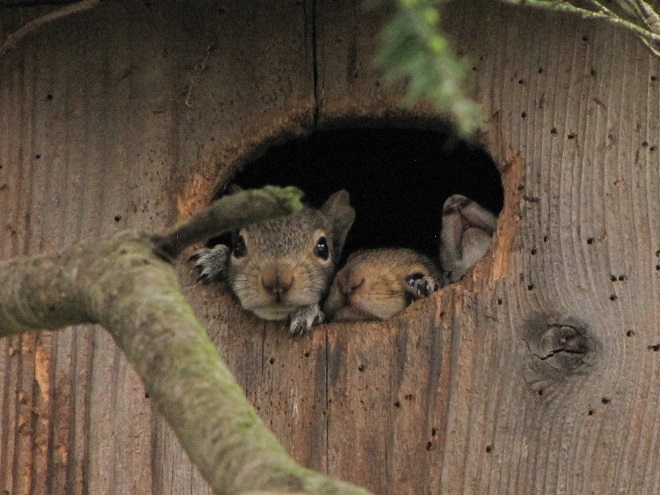
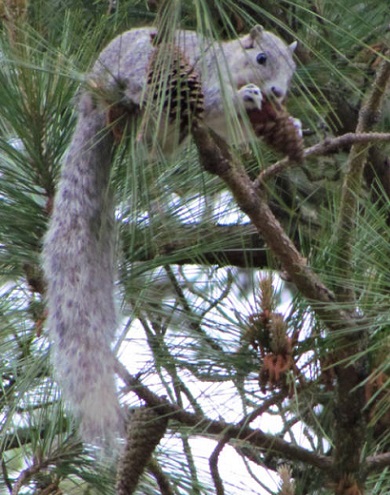

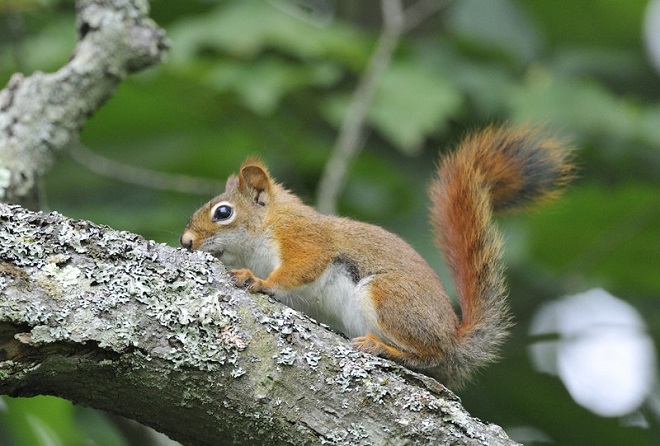
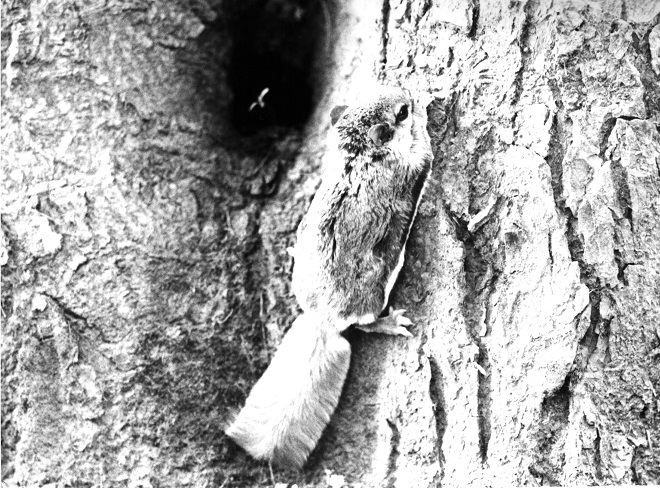
Subfamily-Xerinae
Marmota monax (Woodchuck)-K,H,C
Ichtidomys (Spermophilus) tridecemlineatus-(Thirteen-lined Ground Squirrel)-hypothetical/extirpated-C
Tamias striatus (Eastern Chipmunk)-H,C
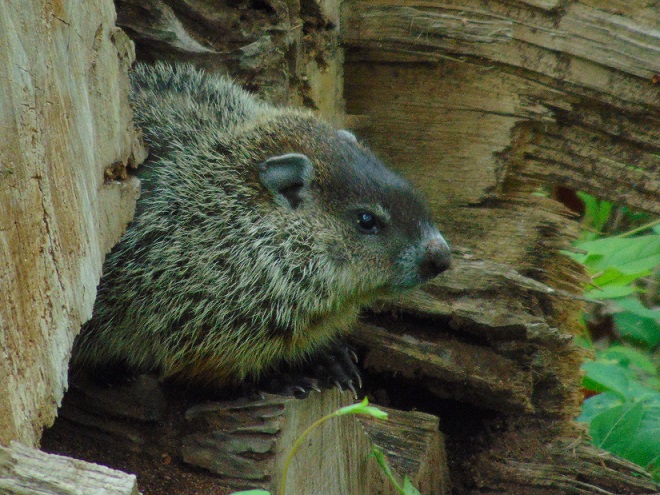
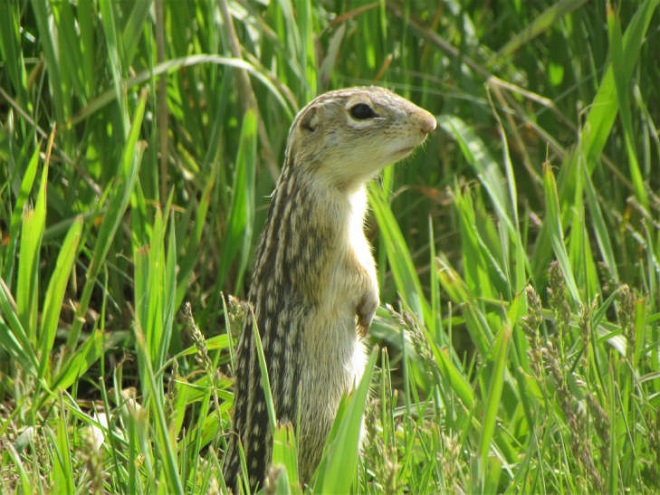
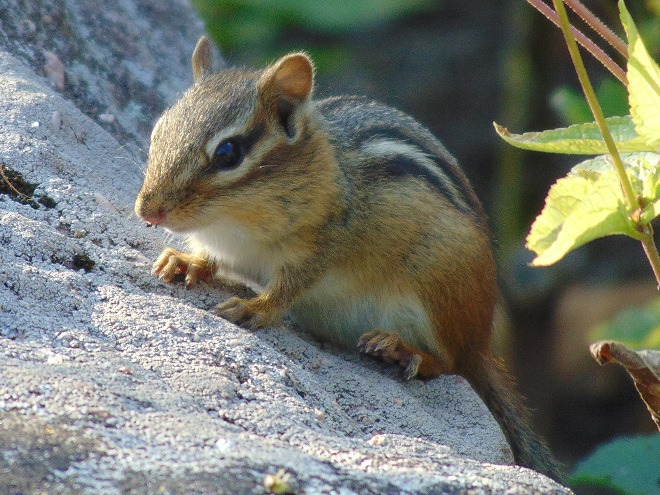
Order-Eulipotyphla
Family-Soricidae
Blarina brevicauda (Northern Short-tailed Shrew)-K,C
Blarina carolinensis (Southern Short-tailed Shrew)-extirpated-H,C
Cryptotis parva (North American Least Shrew)-PA Endangered
Sorex species (a shrew)-H,C
Sorex cinerus (Masked Shrew)-C
Sorex dispar (Long-tailed Shrew)
Sorex fumeus (Smoky Shrew)-C
Sorex hoyi (Pygmy Shrew)-extirpated?
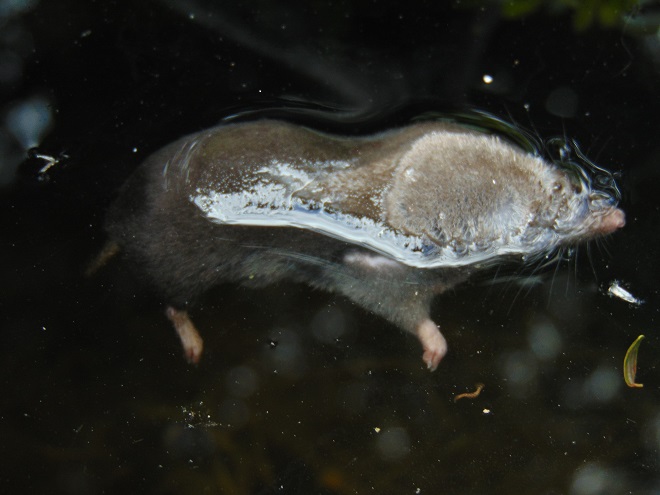
Family-Talpidae
Condylura cristata (Star-nosed Mole)-C
Parascalops breweri (Hairy-tailed Mole)-extirpated?-H,C
Scalopus species (a mole)-K
Scalopus aquaticus (Eastern Mole)
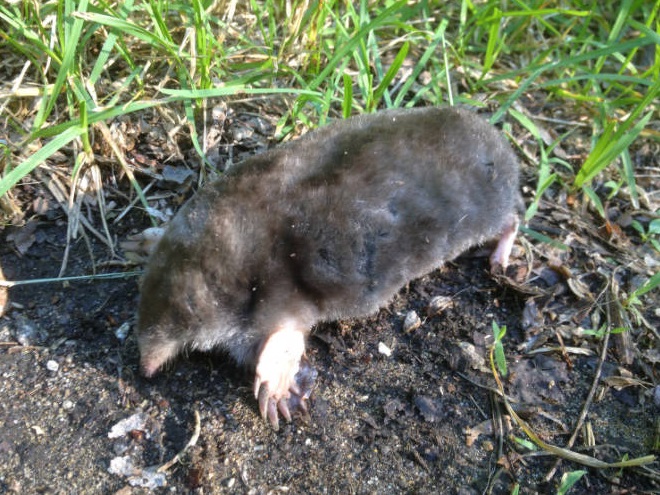
Order-Chiroptera
Family-Vespertilionidae
Vespertilio species (a vesper bat)?-extinct/prehistoric-K,C
Vespertillio grandis (a vesper bat)-extinct/prehistoric-C
Pipistrellus (Perimyotis?) species- (a pipistrelle)-C
Perimyotis subflavus (Tri-colored Bat)-PA Endangered
Eptesicus fuscus (Big Brown Bat)-C
Nycticeius humeralis (Evening Bat)
Lasiurus borealis (Red Bat)
Lasiurus seminolis (Seminole Bat)
Lasiurus cinereus (Hoary Bat)
Myotis species (a bat)-H,C
Myotis leibii (Small-footed Myotis)-PA Threatened, MD Endangered ?
Myotis septentrionalis (Northern Long-eared Bat)–Federally Threatened, PA Endangered, MD Threatened
Myotis lucifigus (Little Brown Myotis)–PA Endangered
Myotis sodalis (Indiana Bat)-Federally Endangered, PA Endangered, MD Endangered
Myotis grisiscens (Gray Bat)-extirpated/hypothetical-C
Plecotus alleganiensis (Allegany Long-eared Bat)-extinct/prehistoric-C
Lasionycteris noctivagans (Silver-haired Bat)
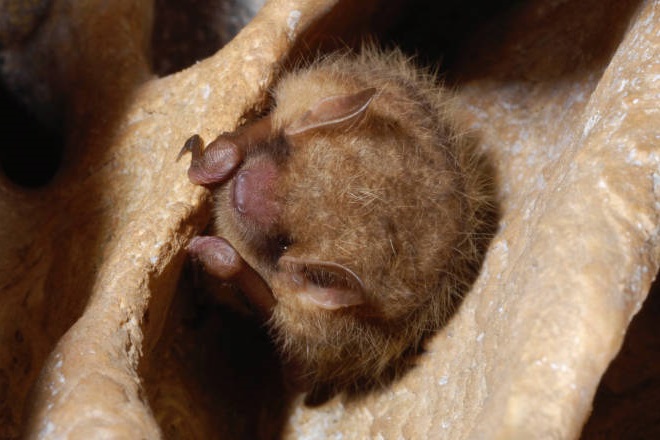
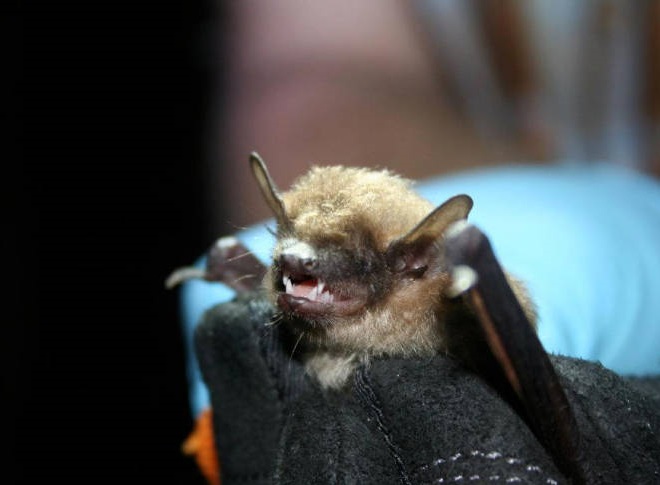
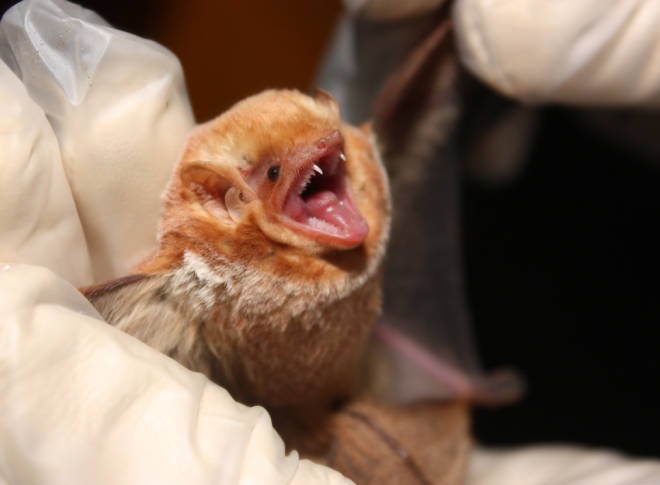

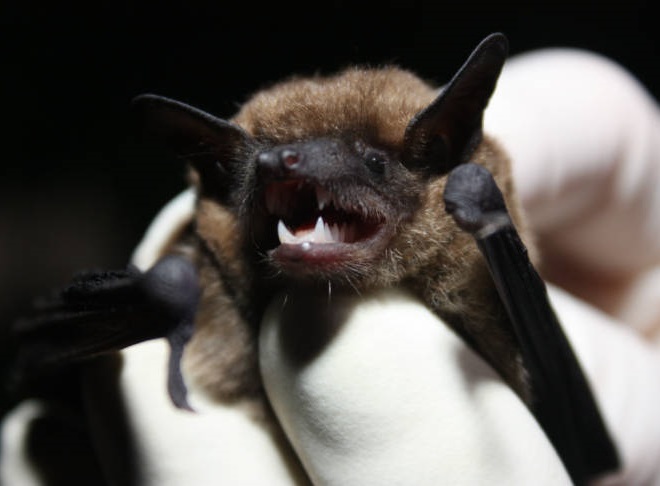
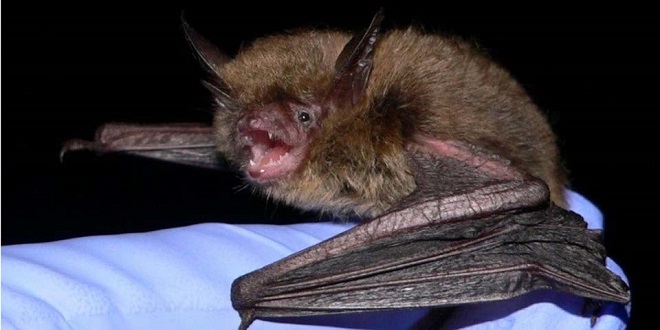
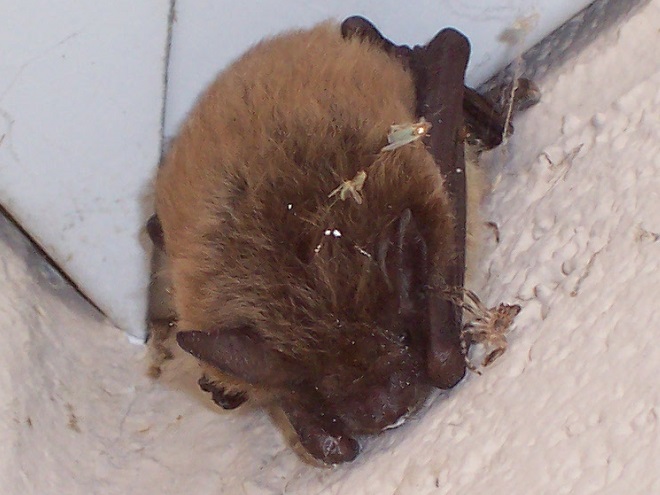
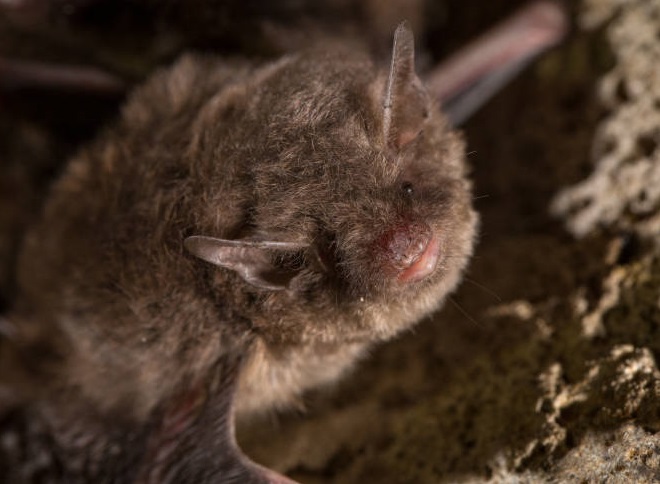
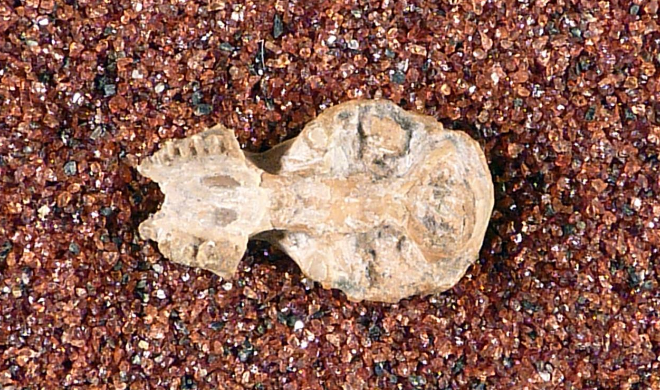
Order-Carnivora
Family-Felidae
Smilodon fatalis (Saber-toothed Cat)-extinct/prehistoric-C
Smilodon gracilis (Gracile Sabertooth)-extinct/prehistoric-K,H
Panthera onca (Jaguar)-extirpated, Federally Endangered-K,H,C
Felis catus (Domestic Cat)-feral
Felis concolor (Cougar)
Felis concolor couguar (Eastern Cougar)-extirpated, Federally Endangered
Herpailurus yagouaroundi/Felis eyra (Jaguarundi)-extirpated-K
Lynx canadensis (Lynx)-extirpated/hypothetical
Lynx rufus (Bobcat)
Lynx rufus rufus-(“Eastern Bobcat”)
Lynx rufus calcaratus (Irvingtonian Bobcat)-extinct/prehistoric-K
Miracinonyx inexpectatus (North American Cheetah)-extinct/prehistoric-K,H,C-originally listed at Port Kennedy by Edward Cope as Crocuta inexpectata and believed to be a species of hyaena.
Uncia atrox (a lion)-extinct/prehistoric-C
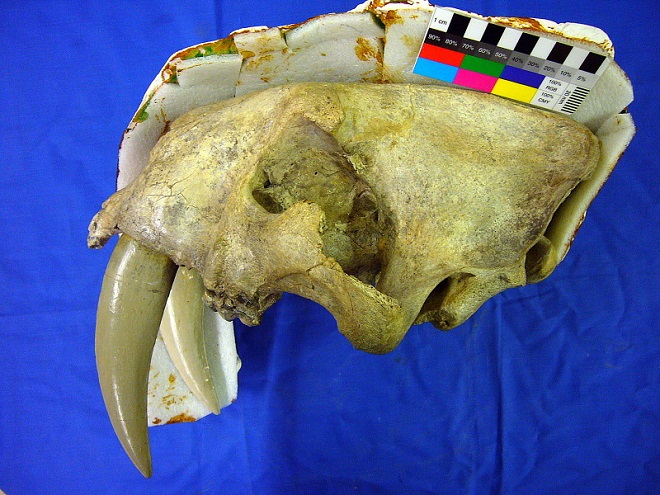
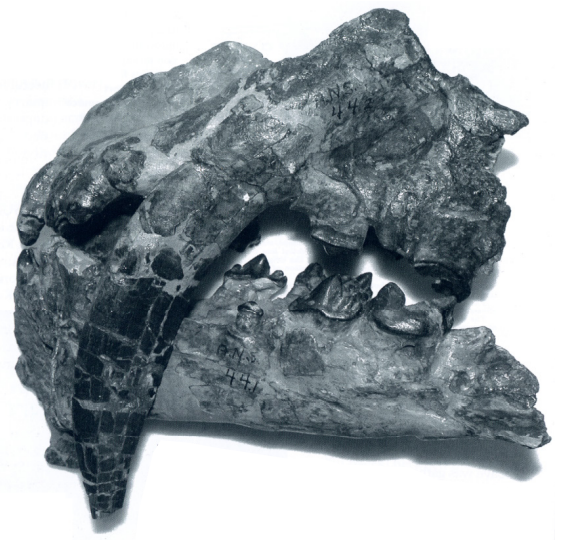
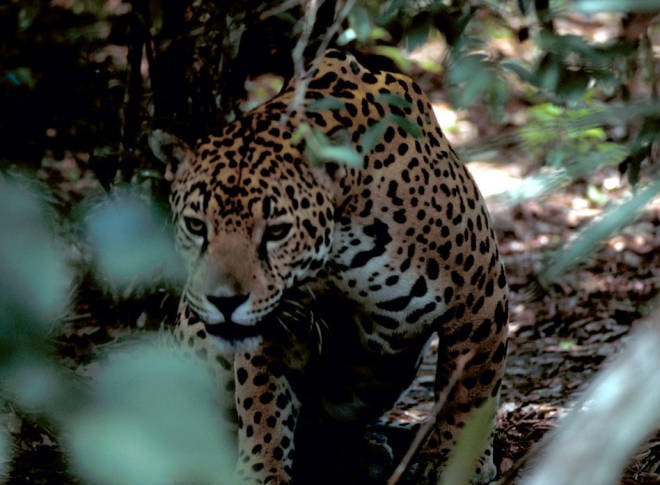
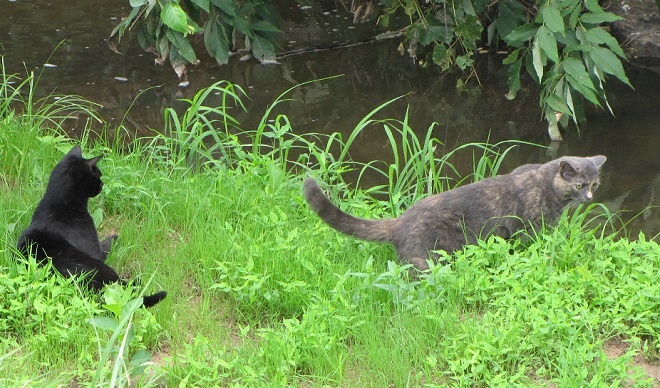
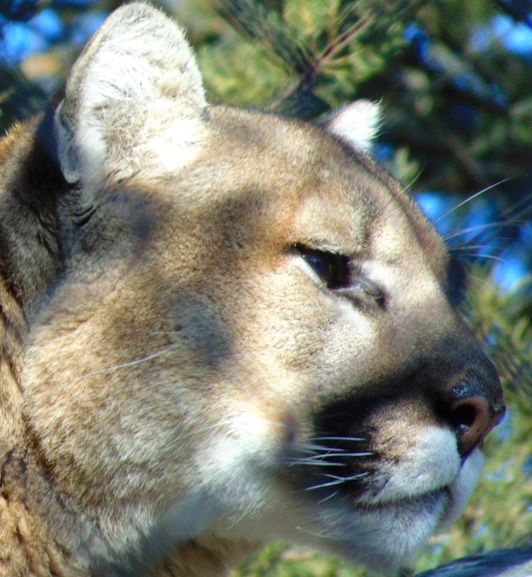
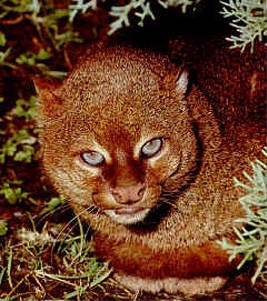
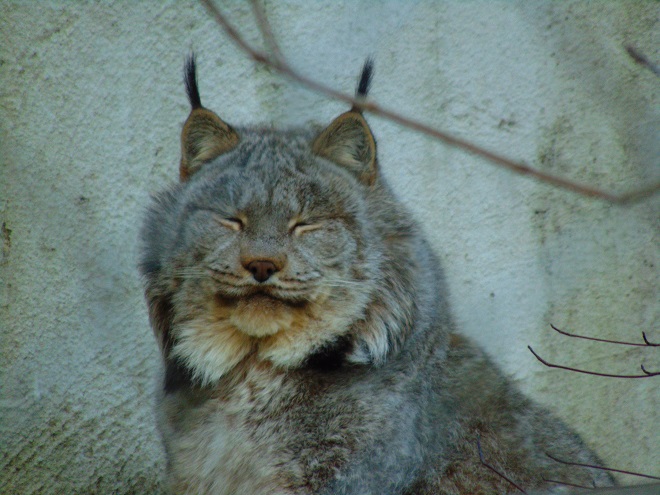
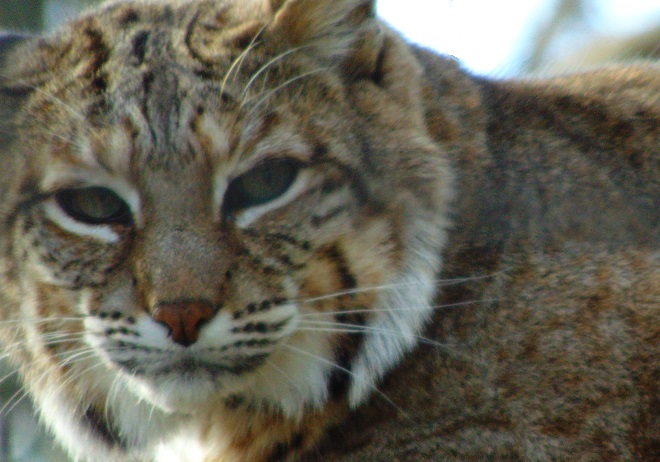
Family-Canidae
Canis species (possible Dire Wolf, C. dirus?)-K
Canis armbrusteri (Armbruster’s Wolf)-extinct/prehistoric-K,C
Canis lupus (Wolf)-Federally Endangered
Canis lupus familiaris (Domestic Dog)-exotic
Canis lupus lycaon (Eastern Wolf)-extirpated
Canis rufus (Red Wolf)-Federally Endangered
Canis rufus var. priscolatrans (Wolf Coyote)-extinct/prehistoric-K,C
Canis latrans (Coyote)-C
Canis latrans var. (Eastern Coyote)
Vulpes vulpes (Red Fox)
Urocyon cinereoargenteus (Gray Fox)-K,H

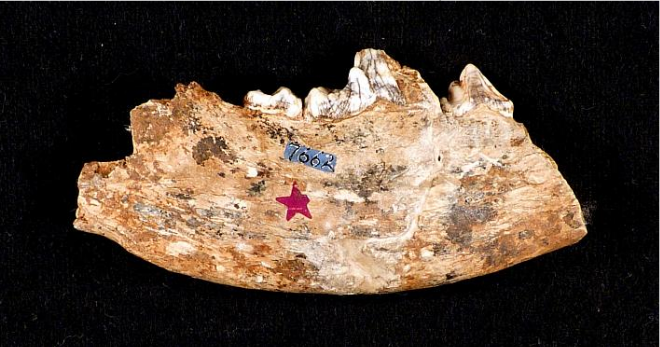
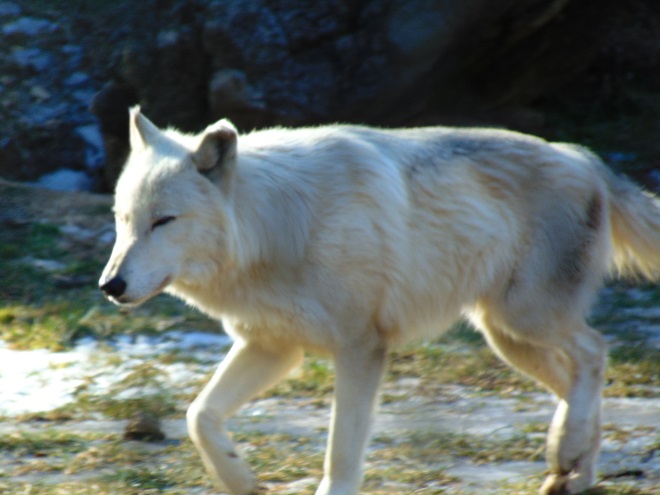
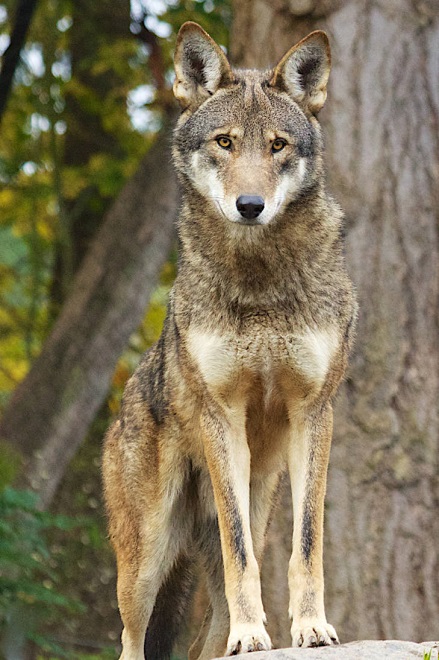
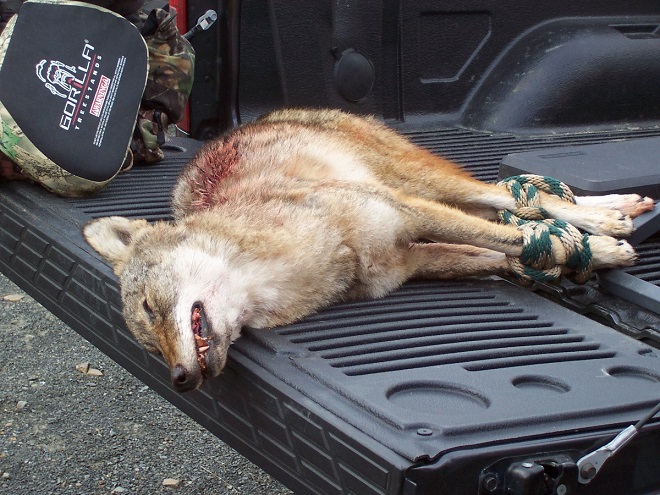
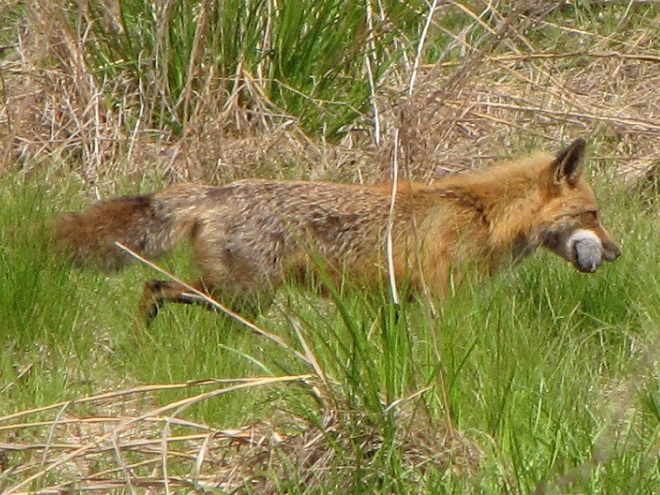

Family-Ursidae
Arctodus pristinus (Lesser Short-faced Bear)-extinct/prehistoric-K,C
Tremarctos floridanus (Florida Spectacled Bear)-extinct/prehistoric-C
Ursus americanus (Black Bear)-K,H,C
Family-Mephitidae
Mephitis mephitis (Striped Skunk)-K,H,C
Spilogale putorius (Spotted Skunk)-C
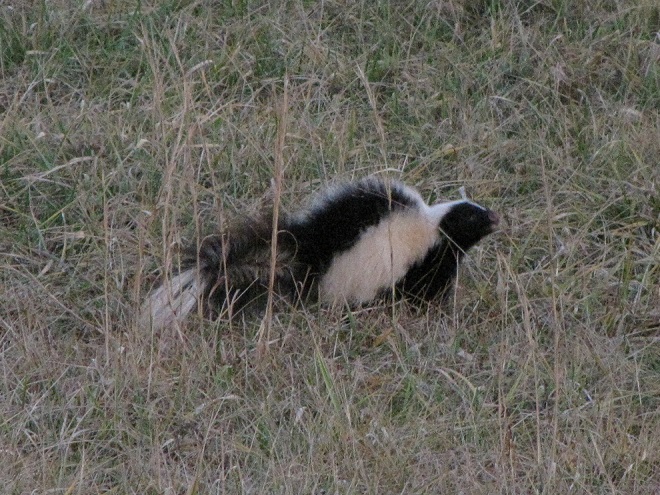
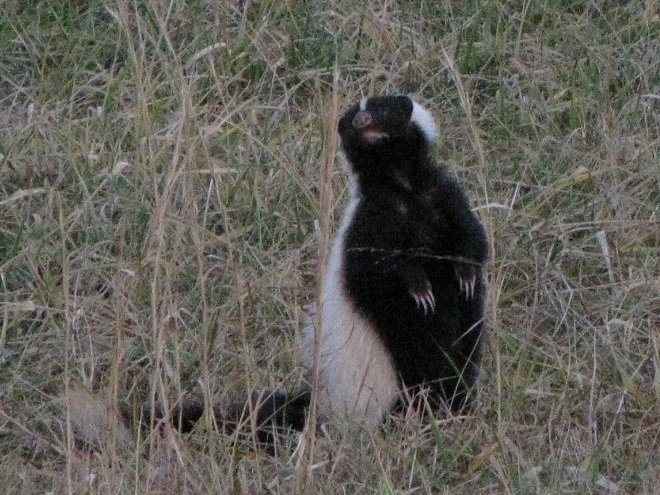
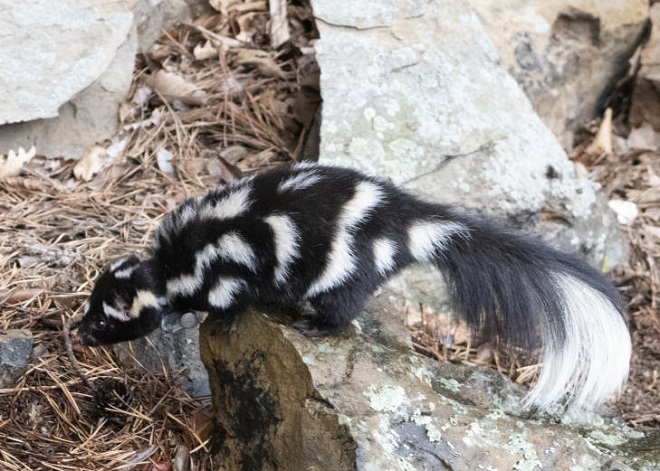
Family-Mustelidae
Brachyprotoma obtusata (Short-faced Skunk)-extinct/prehistoric-K,C
Osmotherium spelaeum (Port Kennedy Skunk)-extinct/prehistoric-K
Gulo gulo (Wolverine)-extirpated/hypothetical-C
Gulo gulo var. schlosseri (gidleyi) (Schlosser’s or Gidley’s Wolverine)-extinct/prehistoric-K
Lontra canadensis (River Otter)–extirpated/introduced-K,C
Martes americana (Pine Marten)-extirpated/hypothetical
Martes pennanti (Fisher)–extirpated/introduced
Martes (Pekania) diluviana (Diluvian Fisher)-extinct/prehistoric-K,C
Mustela species-H
Mustela erminea (Ermine)-extirpated?
Mustela frenata (Long-tailed Weasel)
Mustela nivalis (Least Weasel)
Mustela nivalis allegheniensis (Least Weasel)
Mustela putorious (European Polecat)
Mustela putorius furo (Ferret)-exotic
Neovison vison (Mink)-C
Taxidea taxus (American Badger)-extirpated-K,C
Taxidea taxus marylandica (a badger)-extinct/prehistoric-C
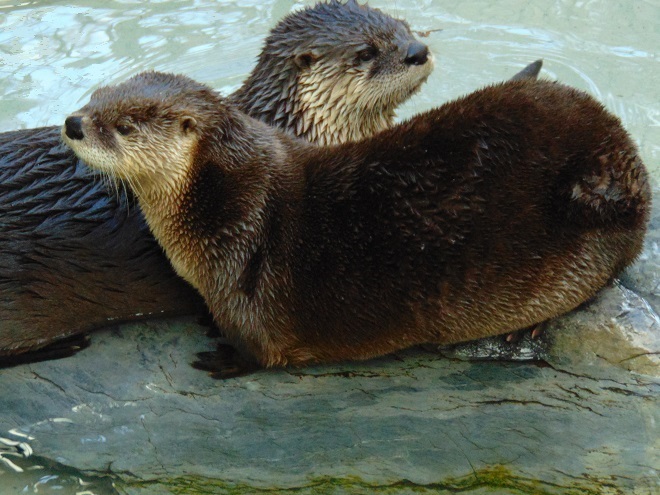
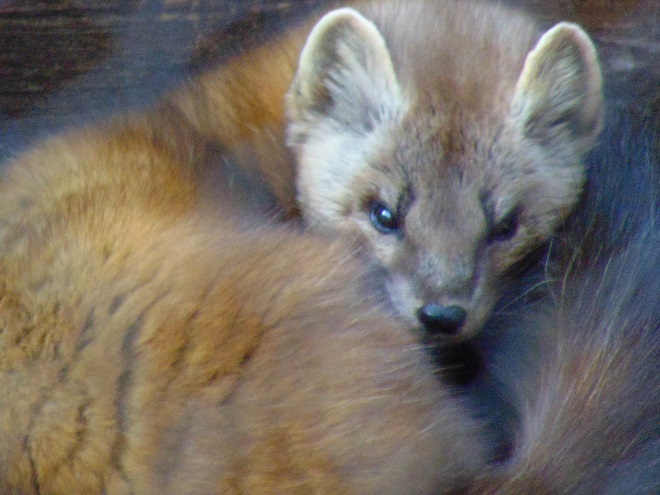
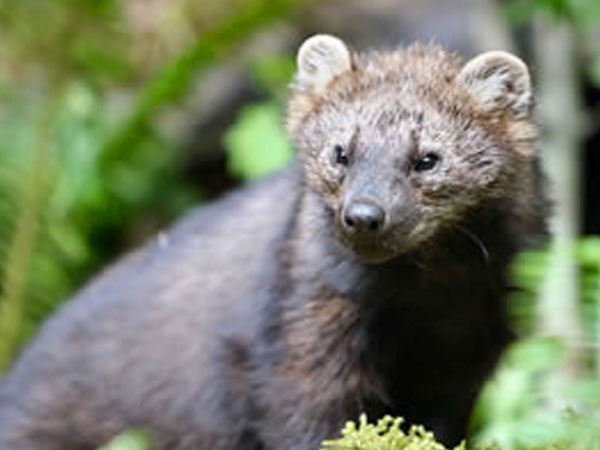
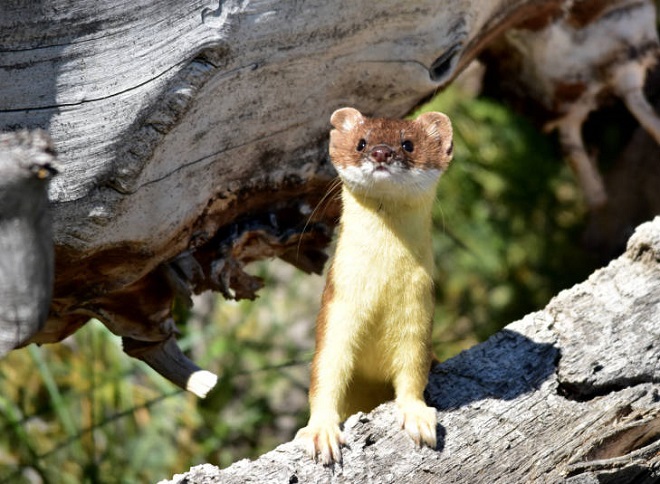

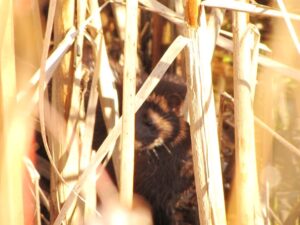
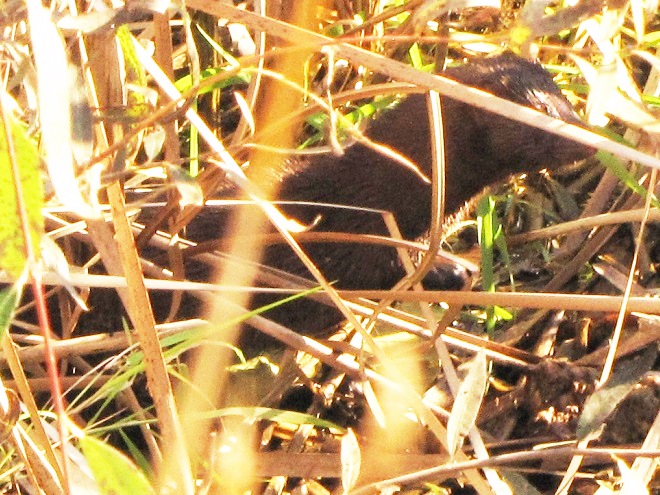
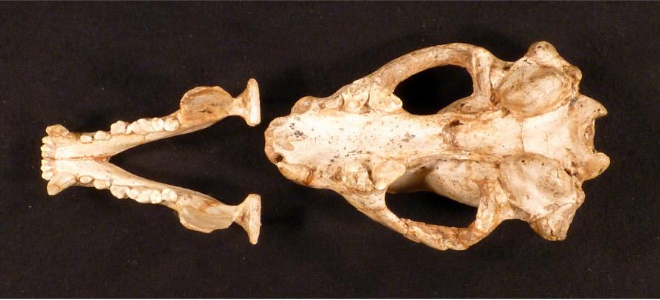
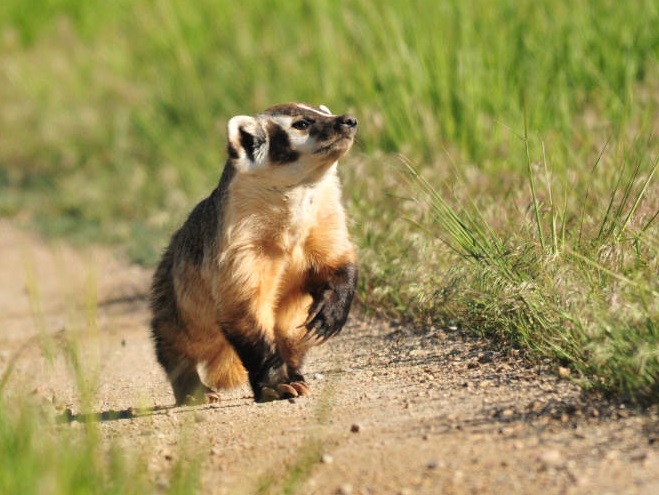
Family-Procyonidae
Procyon lotor (Raccoon)-K
Order-Artiodactyla
Family-Tayassuidae
Mylohyus fossilis (a peccary)-extinct/prehistoric-K,H,C
Platygonus species (a flat-headed peccary)-extinct/prehistoric-H
Platygonus intermedius (a flat-headed peccary)-extinct/prehistoric-C
Platygonus vetus (a flat-headed peccary)-extinct/prehistoric-C

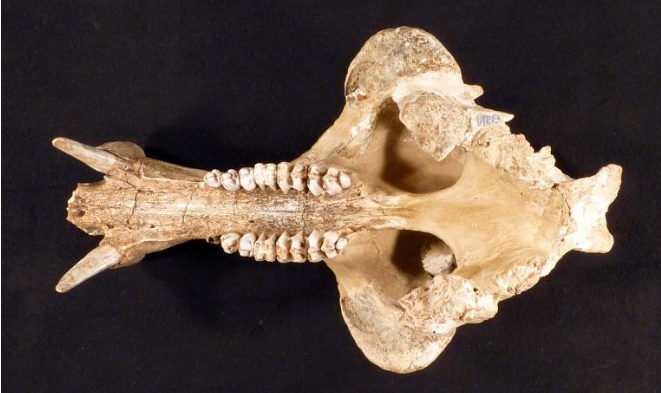
Family-Suidae
Suidae (a pig, genera undetermined)-C
Sus scrofa (Pig)-exotic
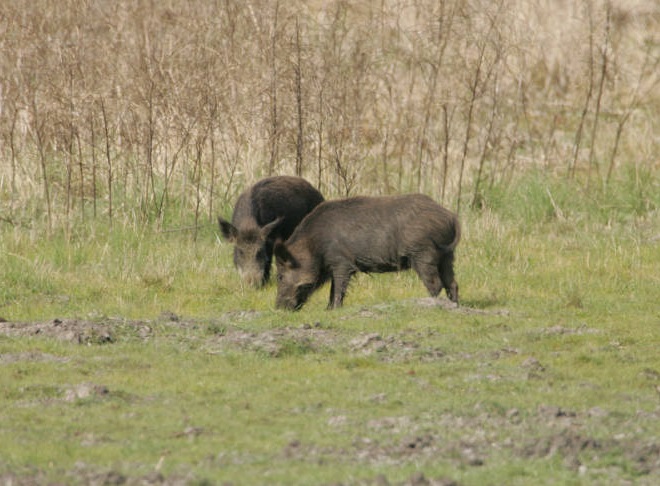
Family-Cervidae
Alces alces (Moose)
Alces alces americana (Eastern Moose)-extirpated/hypothetical
Cervus species (an Elk)-C
Cervus canadensis (Elk)
Cervus canadensis canadensis (Eastern Elk)-extirpated
Cariacus (Dama) laevicornis (a fallow deer)-extinct/prehistoric-K
Odocoileus laevicornis (a deer)-extinct/prehistoric-K
Odocoileus virginianus (White-tailed Deity)-extirpated-K,H,C
Odocoileus virginianus borealis (Northern White-tailed Deity)-extirpated/introduced
Rangifer tarandus (Caribou)-extirpated/hypothetical
Teleopternus orientalis (a large cervid)?-extinct/prehistoric-K
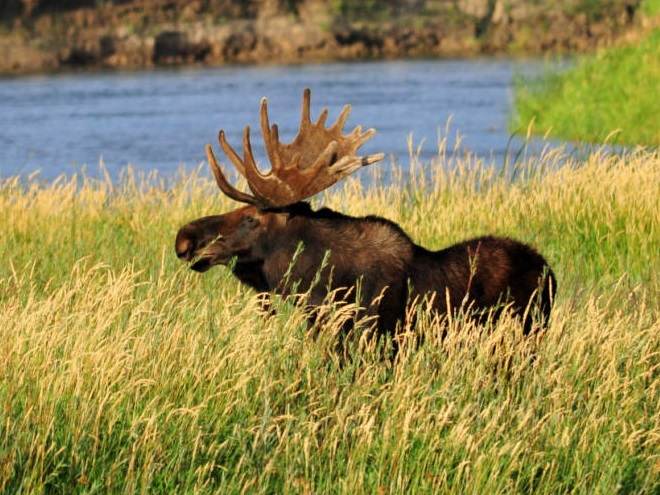
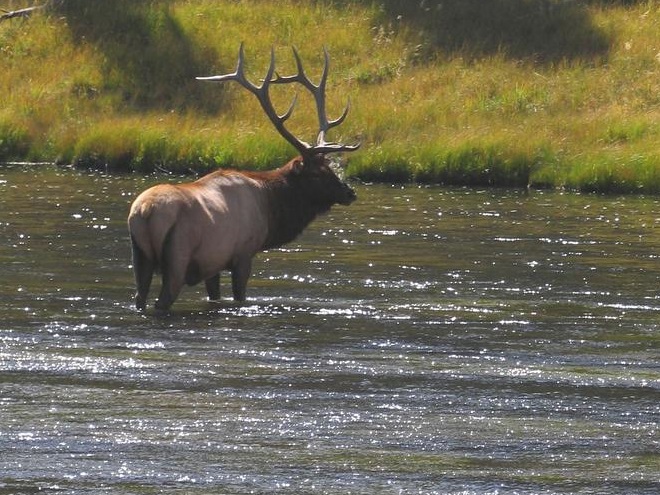
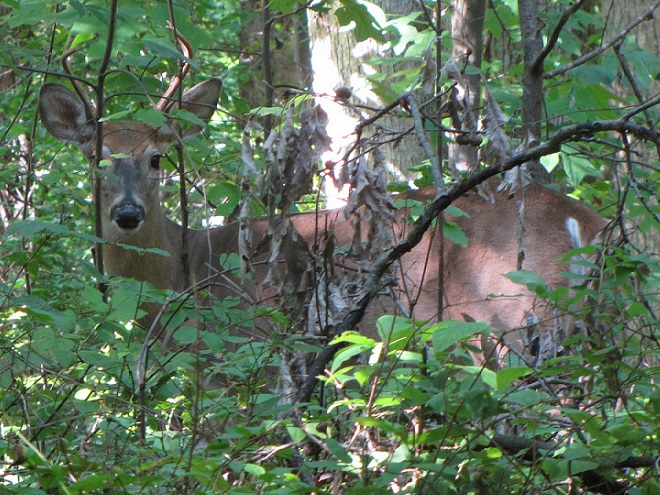
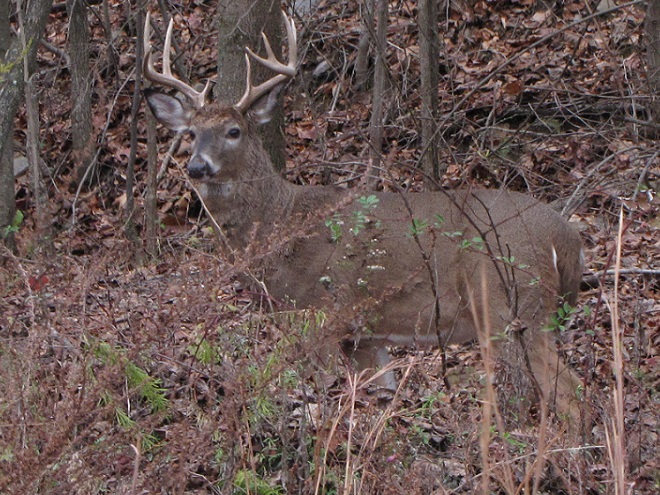
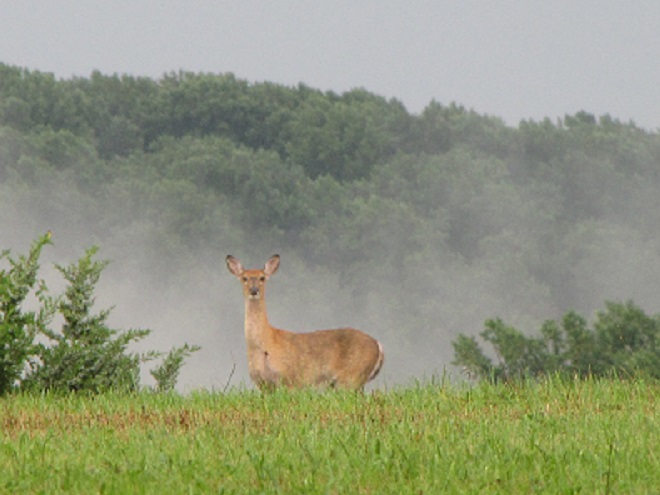

Family-Bovidae
Bison bison (American Bison)-extirpated
Euceratherium americanum (a shrub-ox)?-extinct/prehistoric-C
Euceratherium collinum (a shrub-ox)-extinct/prehistoric-C
Bos species (a wild cattle)?-extinct/prehistoric-K
Ovis aires x Ovis orientalis (hybrid sheep)-exotic
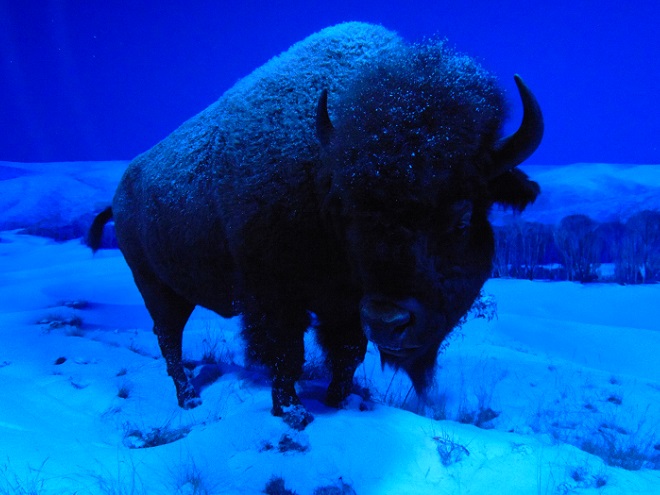
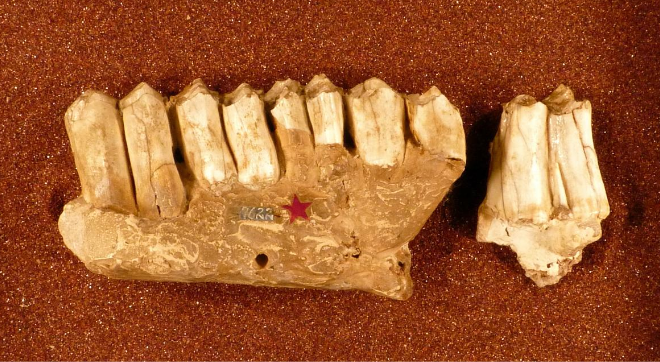
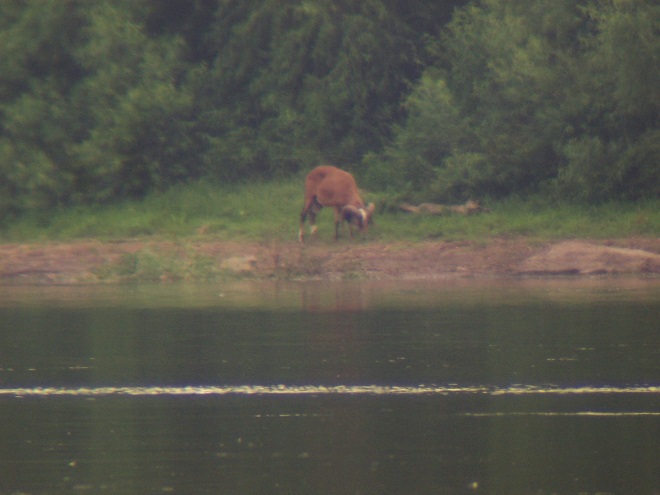
Order-Perissodactyla
Family-Equidae
Equus species (a horse)-extinct/prehistoric-C
Equus complicatus (Complex Tooth Horse)-extinct/prehistoric-K,H
Equus fraternus var. pectinatus (a horse)-extinct/prehistoric-K
Family-Tapiridae
Tapirus copei (haysii) (Cope’s Tapir)-extinct/prehistoric-K,C

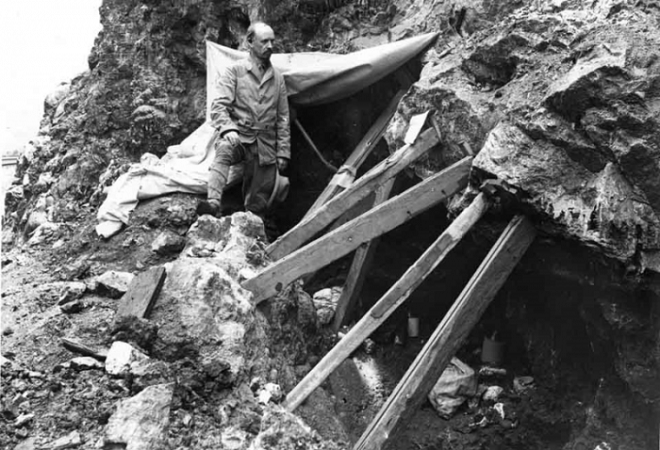
SOURCES
Carnegie Museum of Natural History—Mammals of Pennsylvania Online Resource. https://web.archive.org/web/20110927151038/http://www.carnegiemnh.org/mammals/PAmamm/pamammals2.html Accessed April 14, 2020.
Cope, Edward D. 1871. “Preliminary Report on the Vertebrata Discovered in the Port Kennedy Bone Cave”. Proceedings of the American Philosophical Society. 12:86 pp.73-102.
Cope, Edward D. 1895. “The Fossil Vertebrata from the Fissure at Port Kennedy, Pa.”. Proceedings of the Academy of Natural Sciences of Philadelphia. Vol.47. pp.447-450.
Cope, Edward D. 1896. “New and Little Known Mammalia from the Port Kennedy Bone Deposit”. Proceedings of the Academy of Natural Sciences of Philadelphia. Vol.48. pp.378-394.
Daeschler, Edward, Spamer, Earle E., and Parris, David C. 1993. “Review and New Data on the Port Kennedy Local Fauna and Flora (Late Irvingtonian), Valley Forge National Historical Park, Montgomery County, Pennsylvania”. The Mosasaur. Vol.5. pp.23-41.
Gidley, James W. 1913. “Preliminary Report on a Recently Discovered Pleistocene Cave Deposit Near Cumberland, Maryland.” Proceedings of the United States National Museum. Vol.46. pp.93-102.
Guilday, J. E., Cotter, J., Cundall, D., Evenson, E., Gatewood, J., Morgan, A. V., Morgan, A., McCrady, A., Peteet, D., Stuckenrath, R., and Vanderwal, K. 1984. “Paleoecology of an Early Pleistocene (Irvingtonian) Cenote: Preliminary Report on the Hanover Quarry No. 1 Fissure, Adams County, Pennsylvania”. In W, C, Mahaney (ed.) Correlation of Quaternary Chronologies. Geo Books. Norwich, England. pp.119-132.
Haldeman, Samuel Steman. 1844. “Natural History of Lancaster County: Mammalia—Beasts”. I. Daniel Rupp’s History of Lancaster County. Gilbert Hills. Lancaster, PA. pp.470-471.
Maryland Natural Heritage Program. 2016. List of Rare, Threatened, and Endangered Animals of Maryland. Maryland Department of Natural Resources, 58 Taylor Avenue, Annapolis, MD 21401.
Merritt, Joseph F. 1987. Guide to the Mammals of Pennsylvania. University of Pittsburgh Press. Pittsburgh, PA.
Pennsylvania Natural Heritage Program. PNHP Species Lists. www.naturalheritage.state.pa.us/Species.aspx Accessed April 14, 2020.
Rathvon, Simon S. 1869. “Class Mammalia”. J. I. Mombert’s An Authentic History of Lancaster County. J. E. Barr and Company. Lancaster, PA. pp.500-501.
The Paleobiology Database website. https://paleobiodb.org Accessed August 5, 2020.
